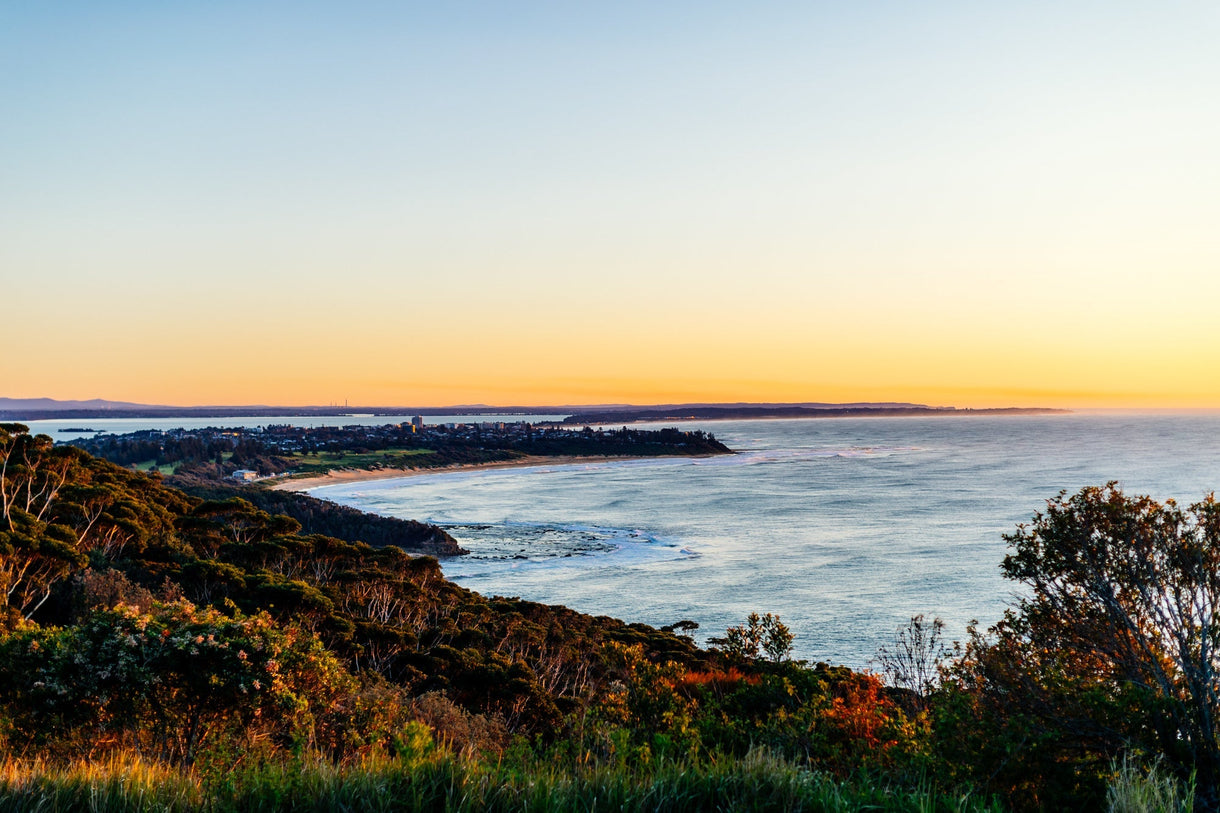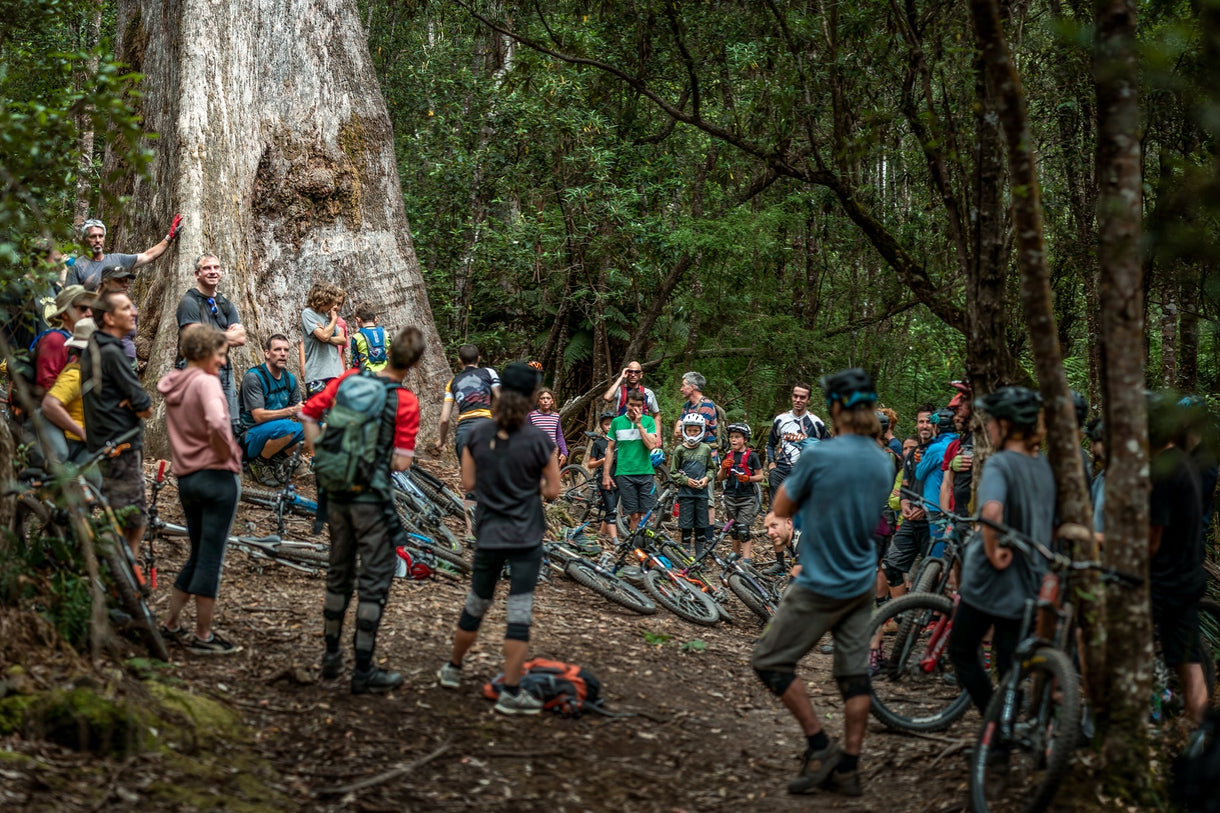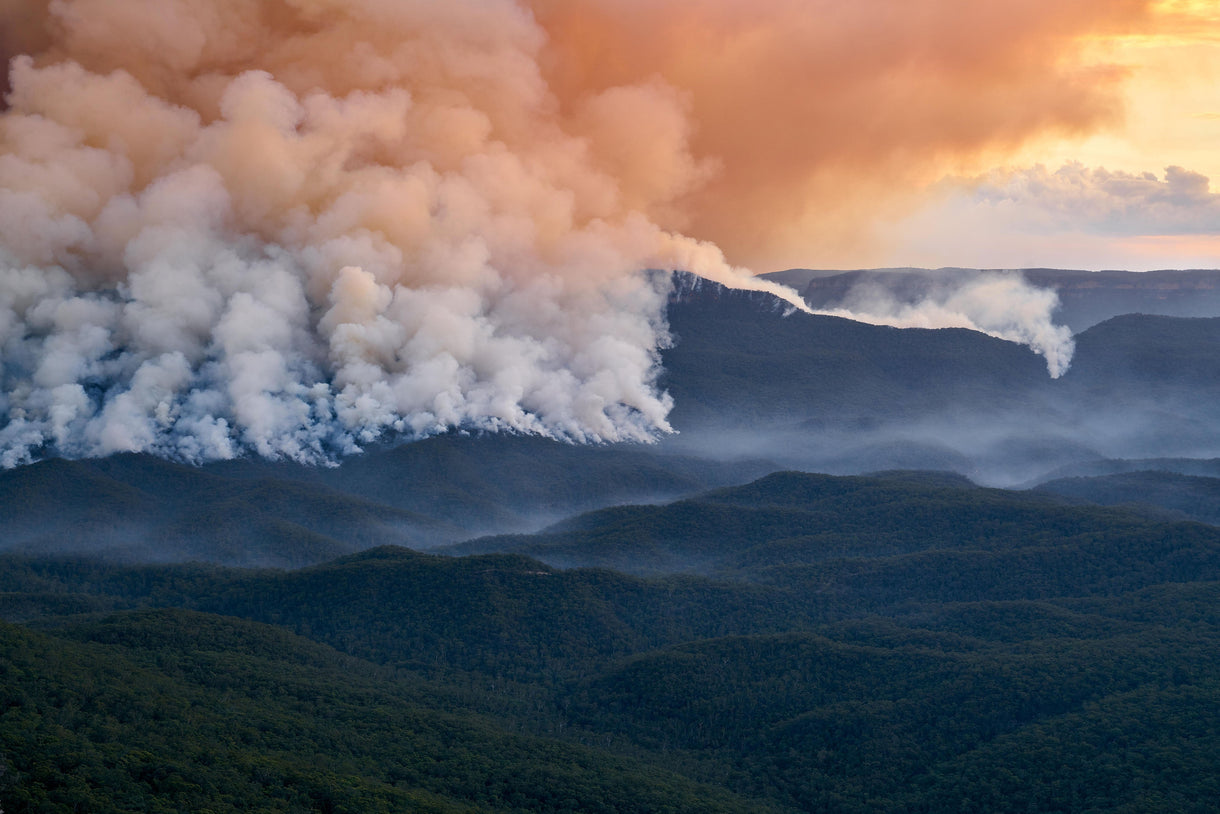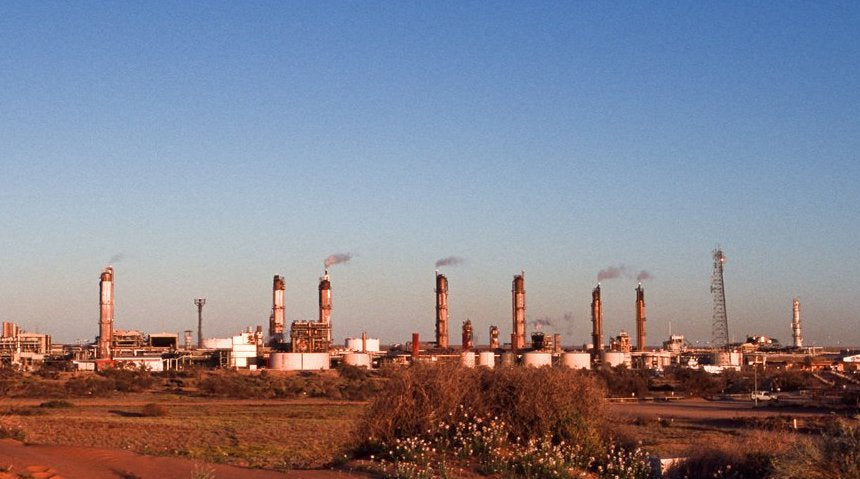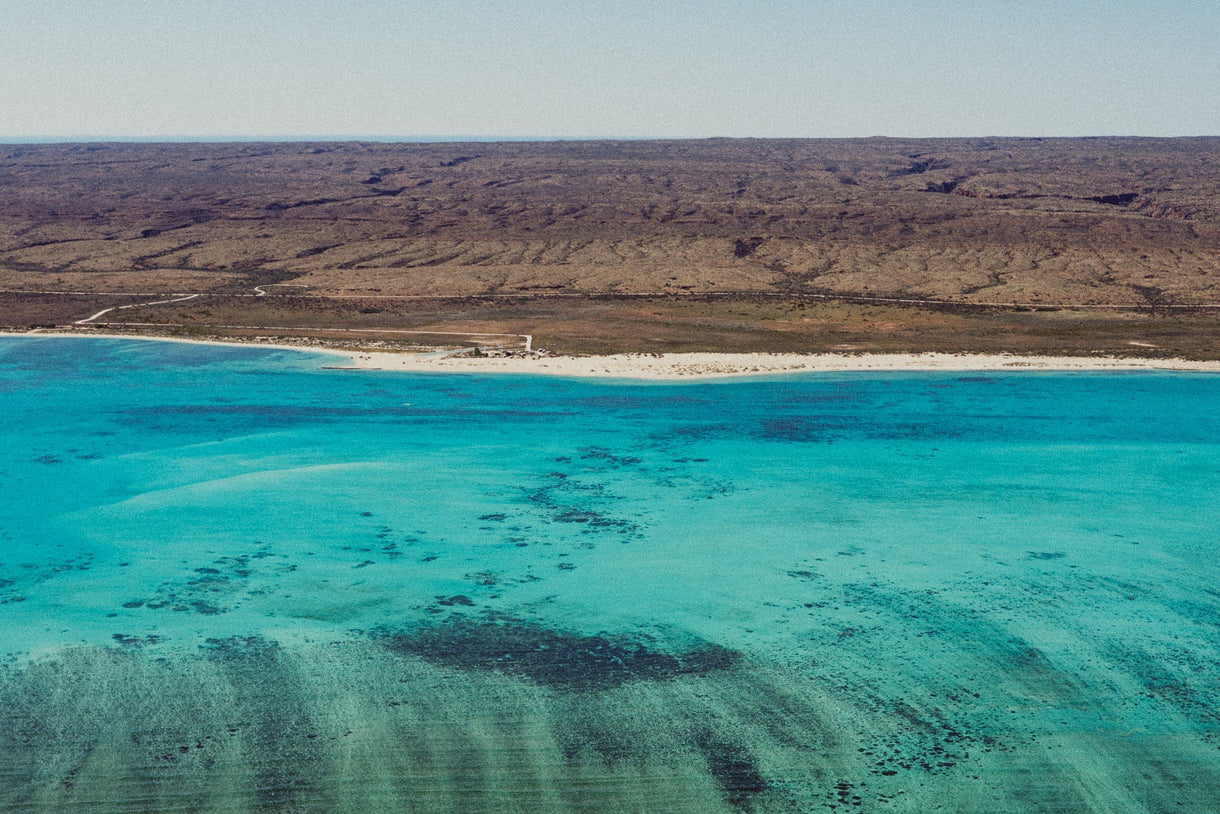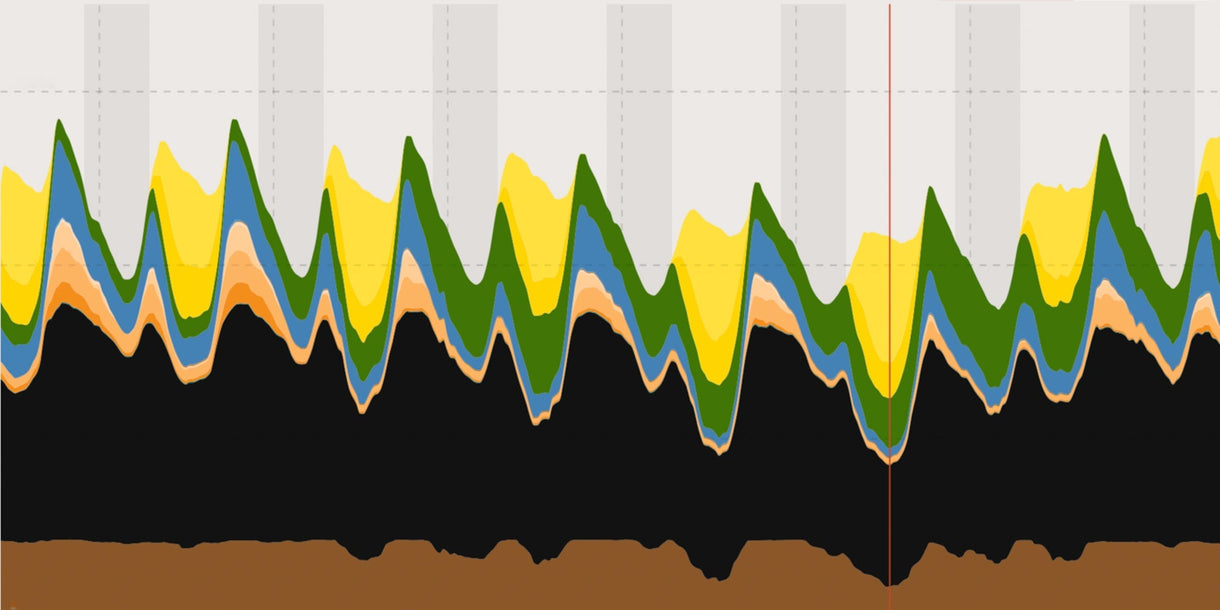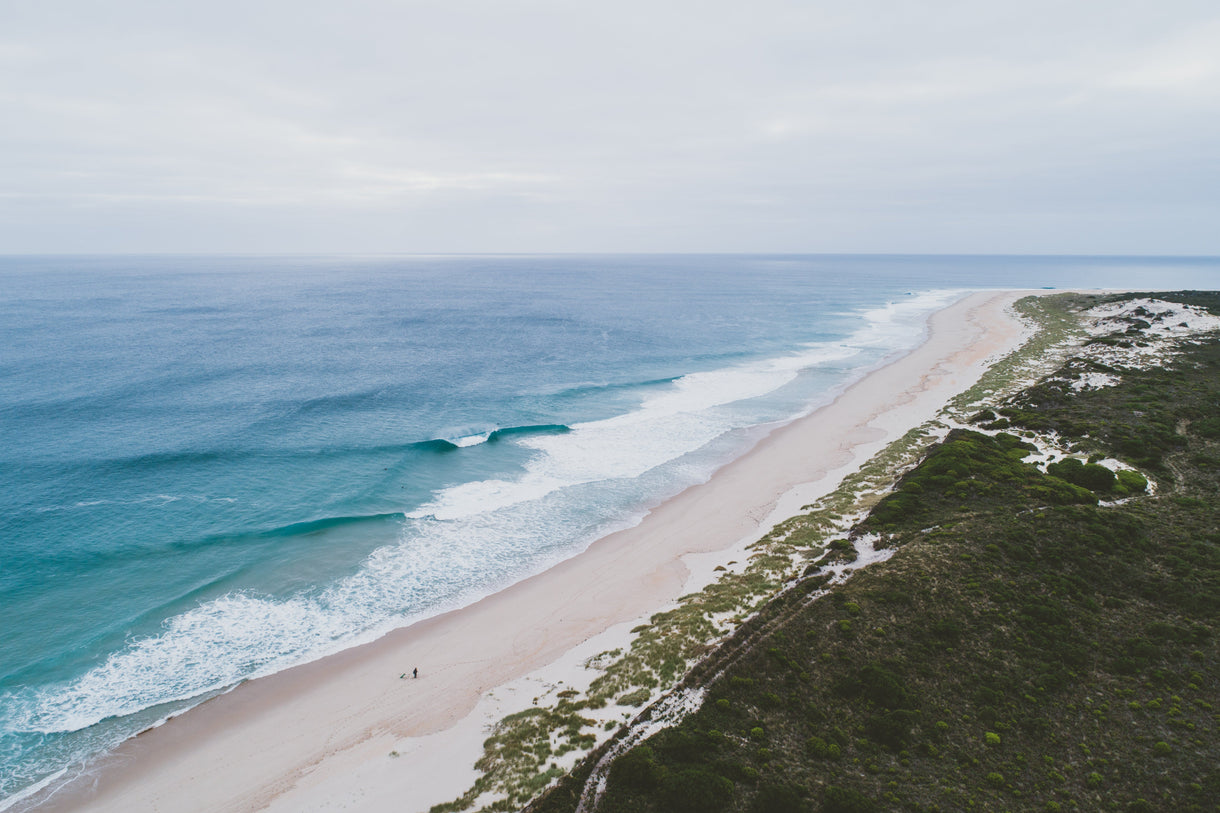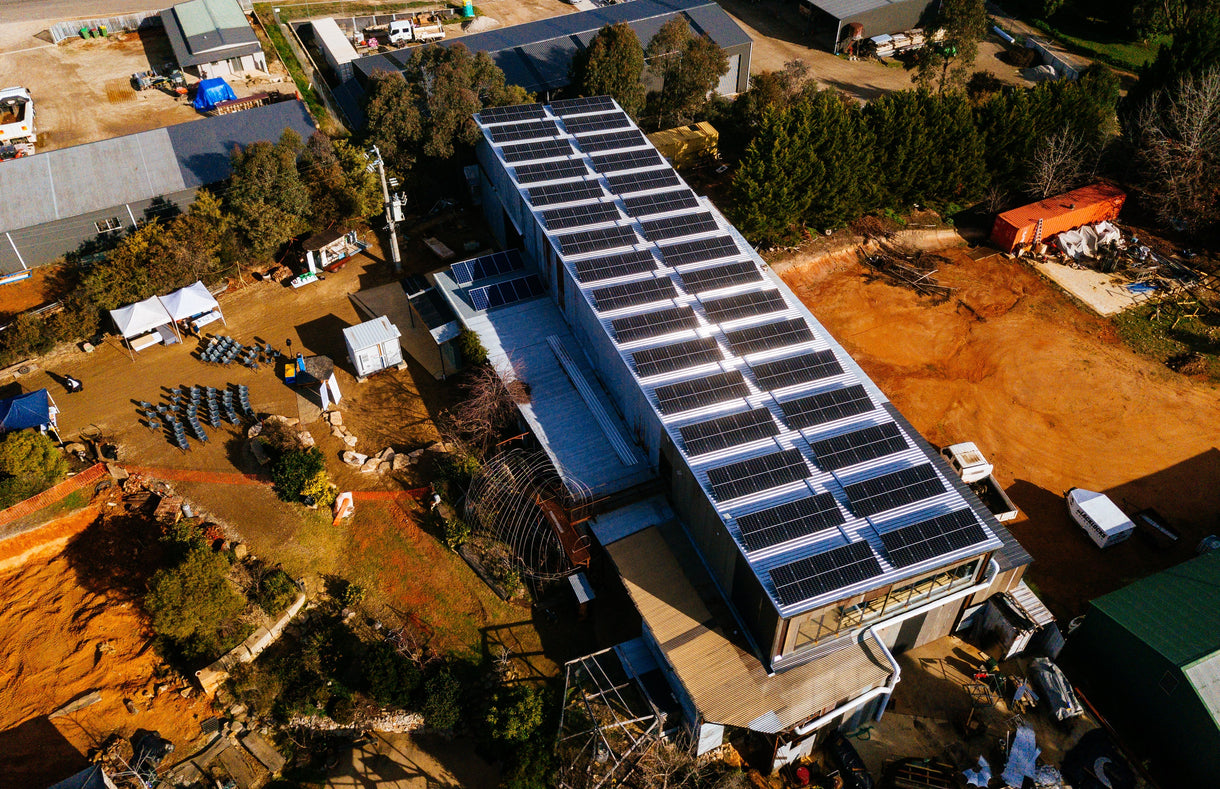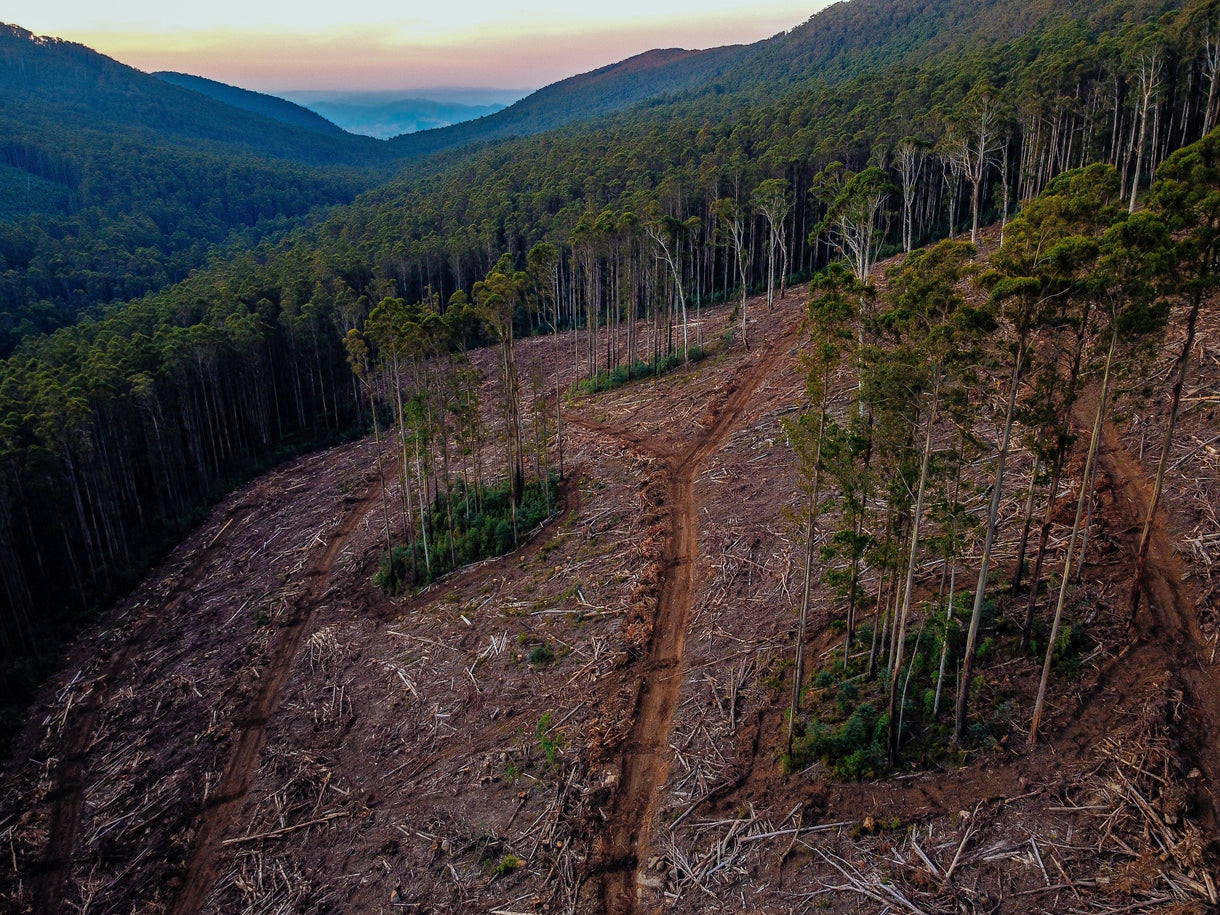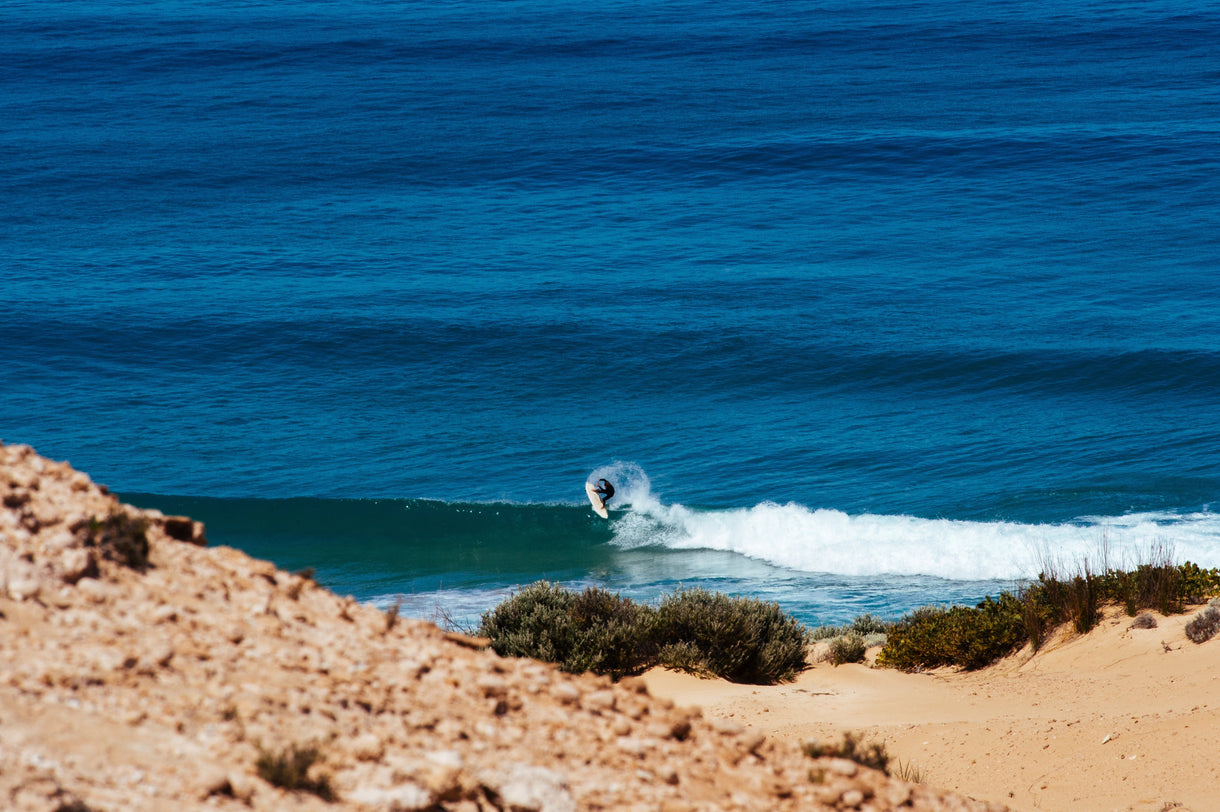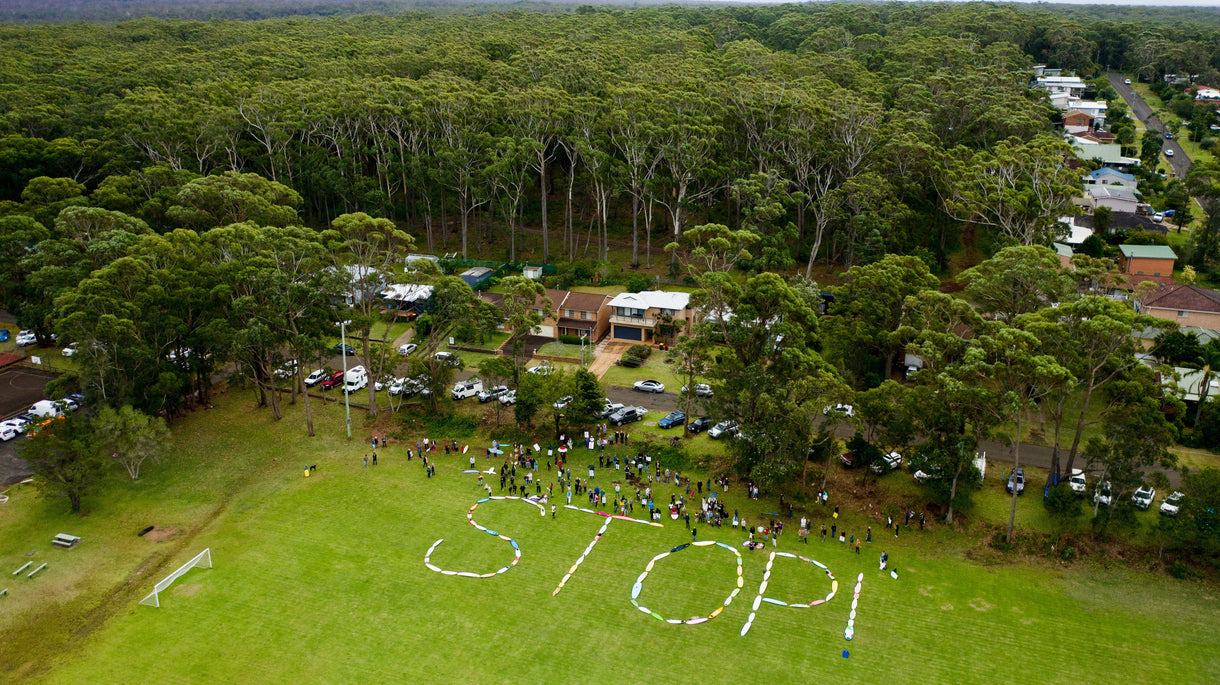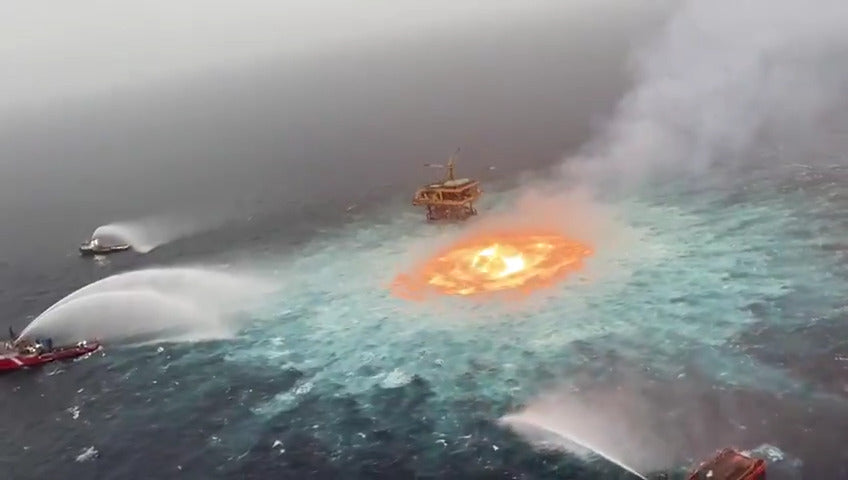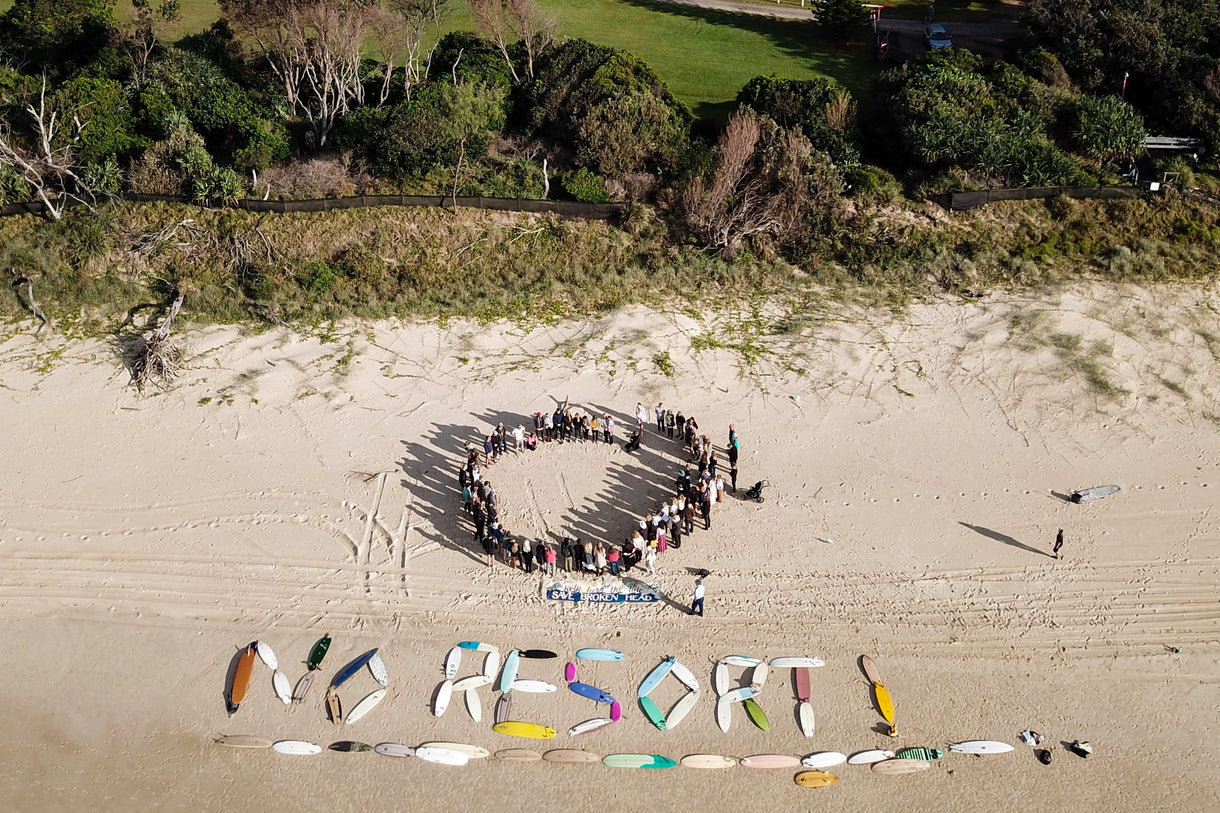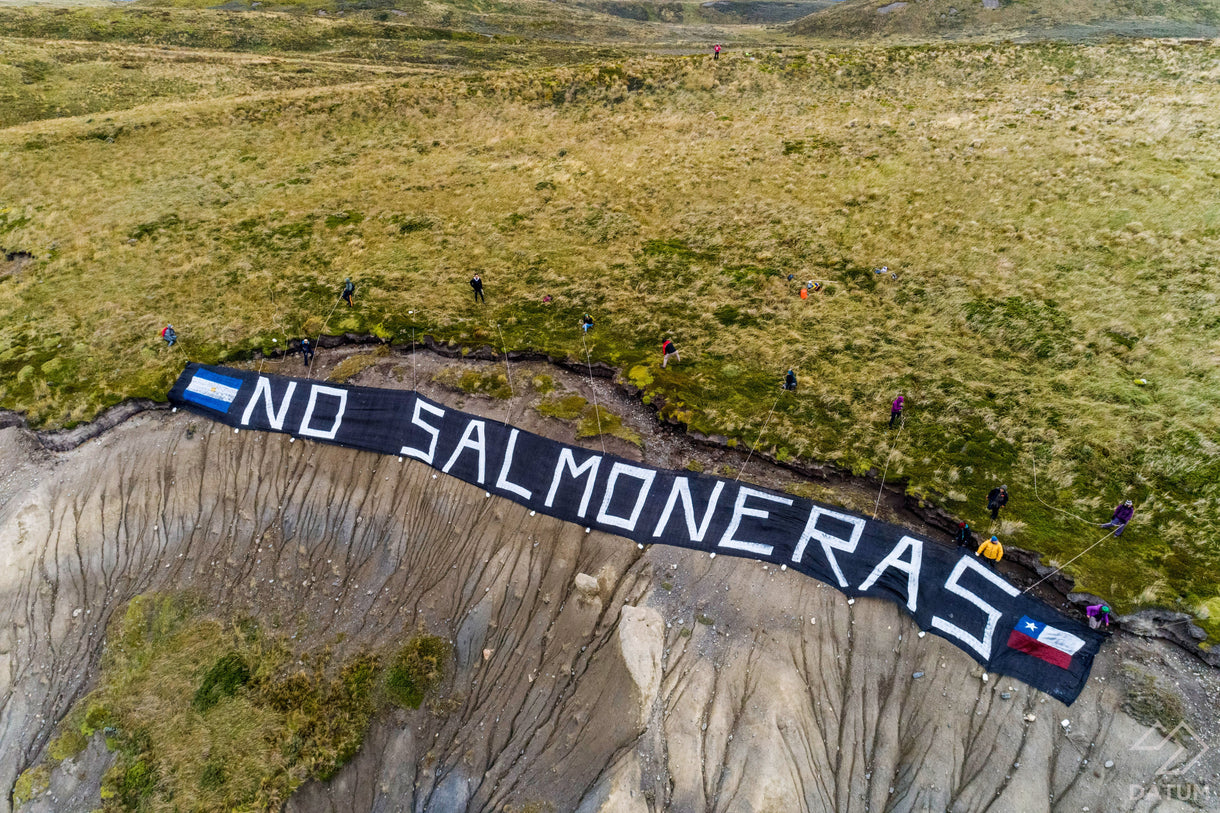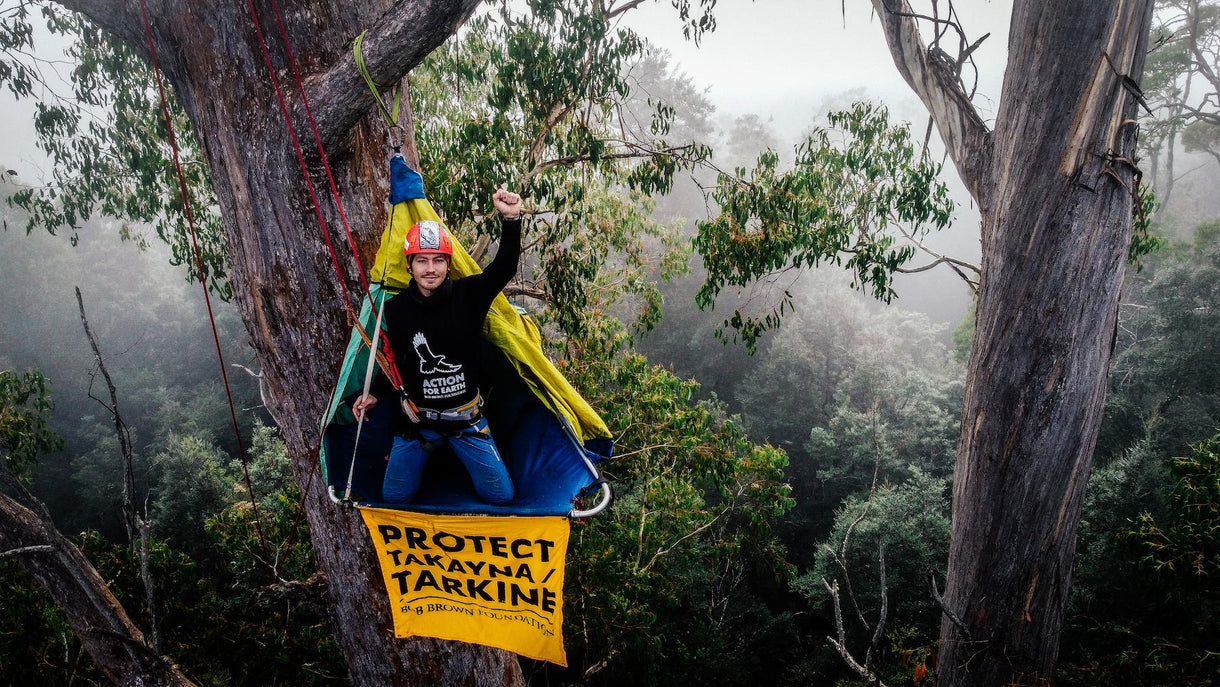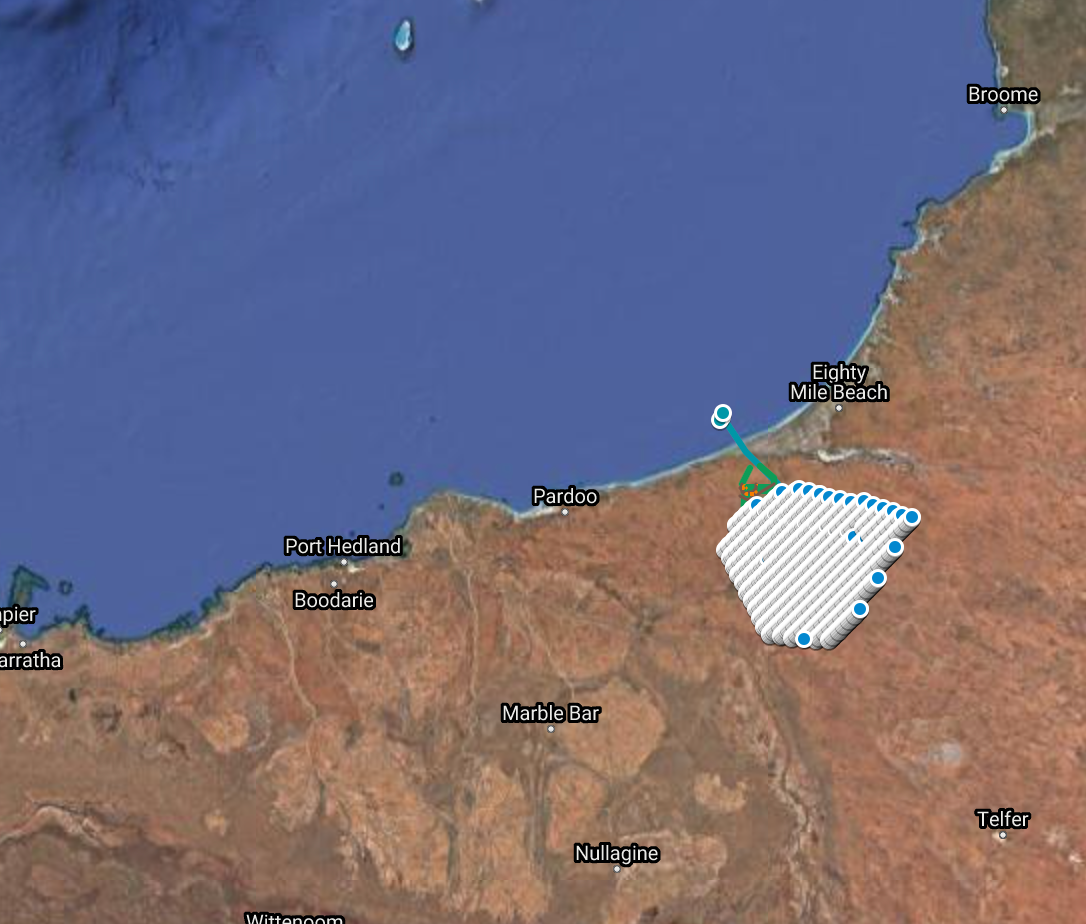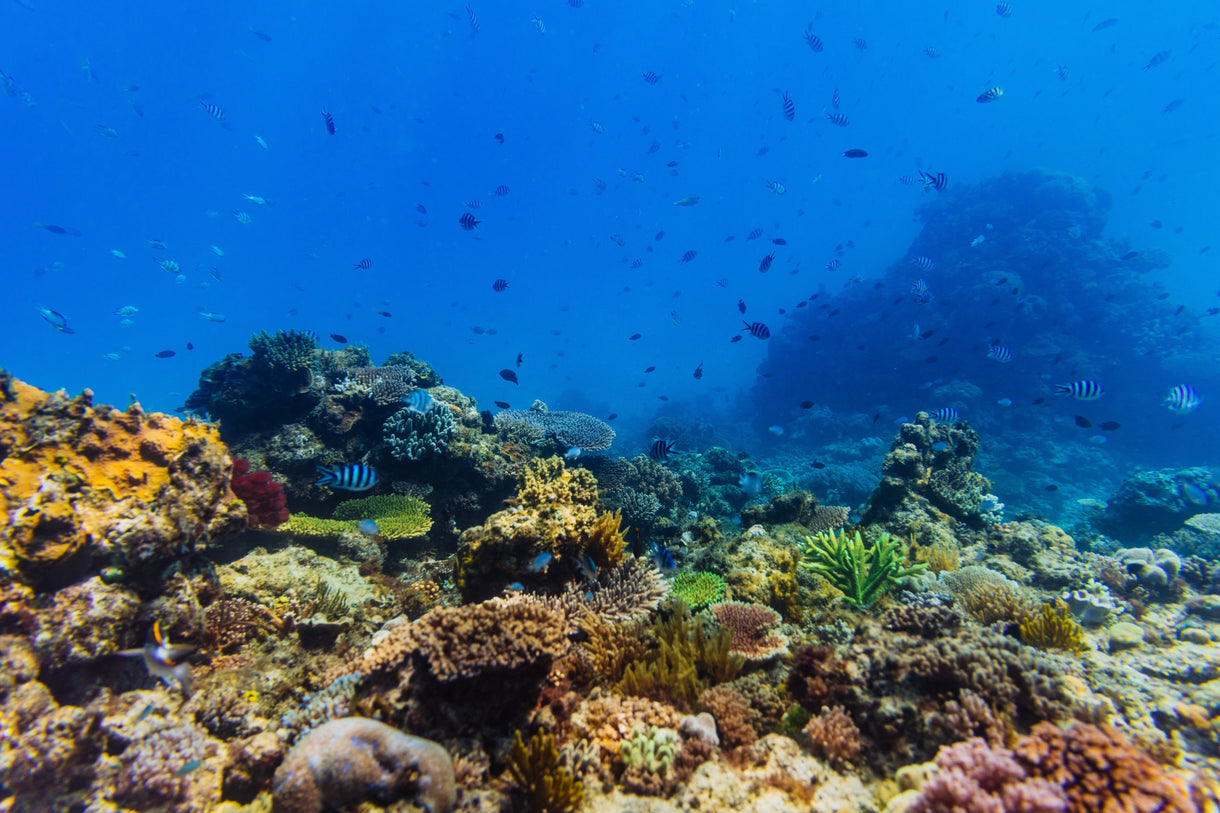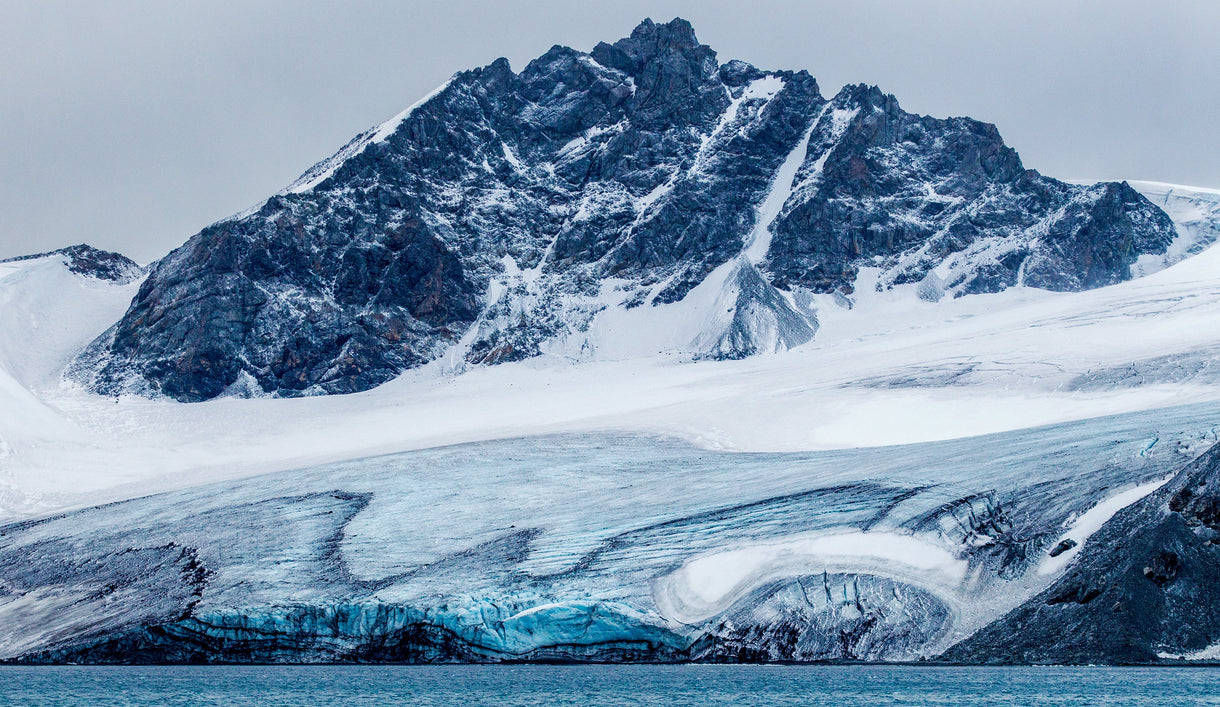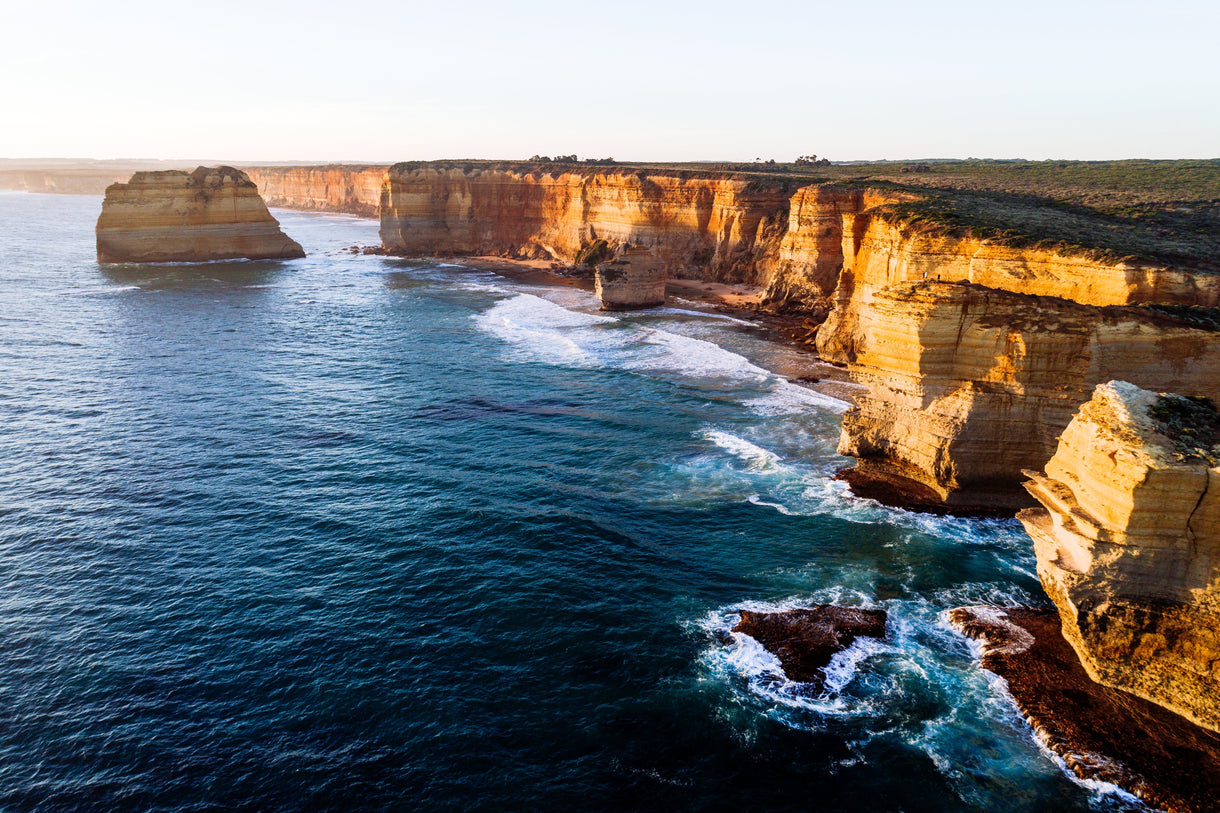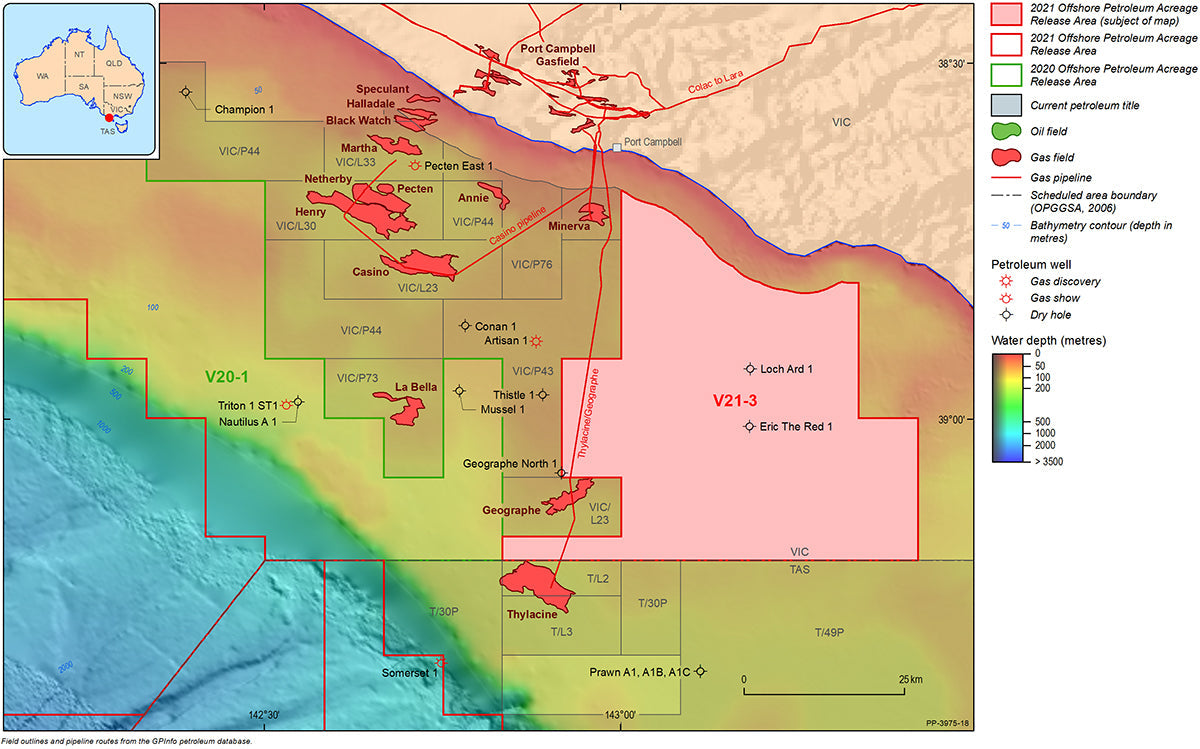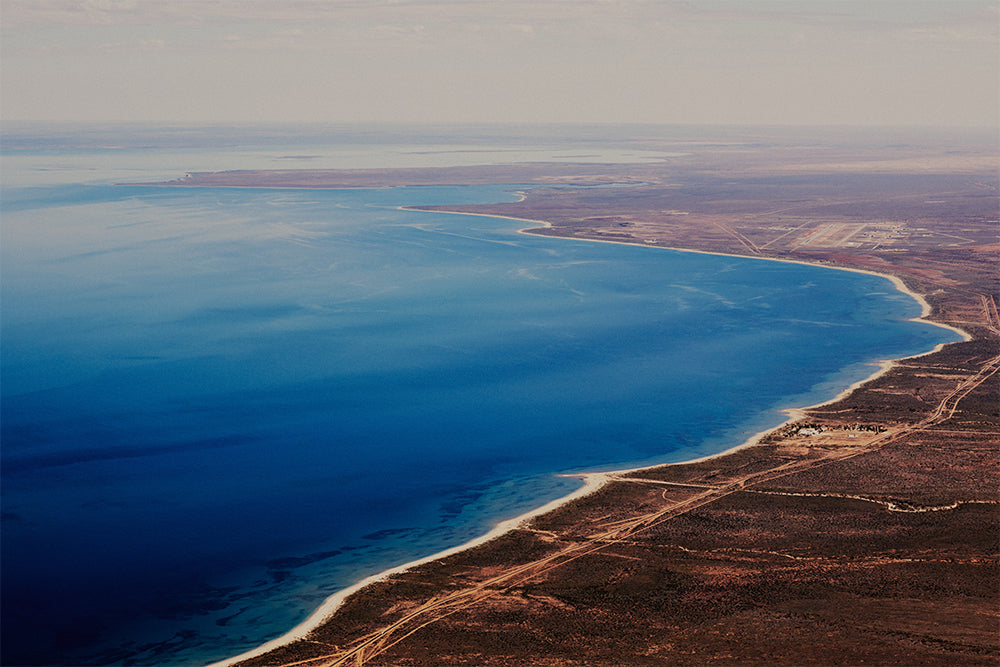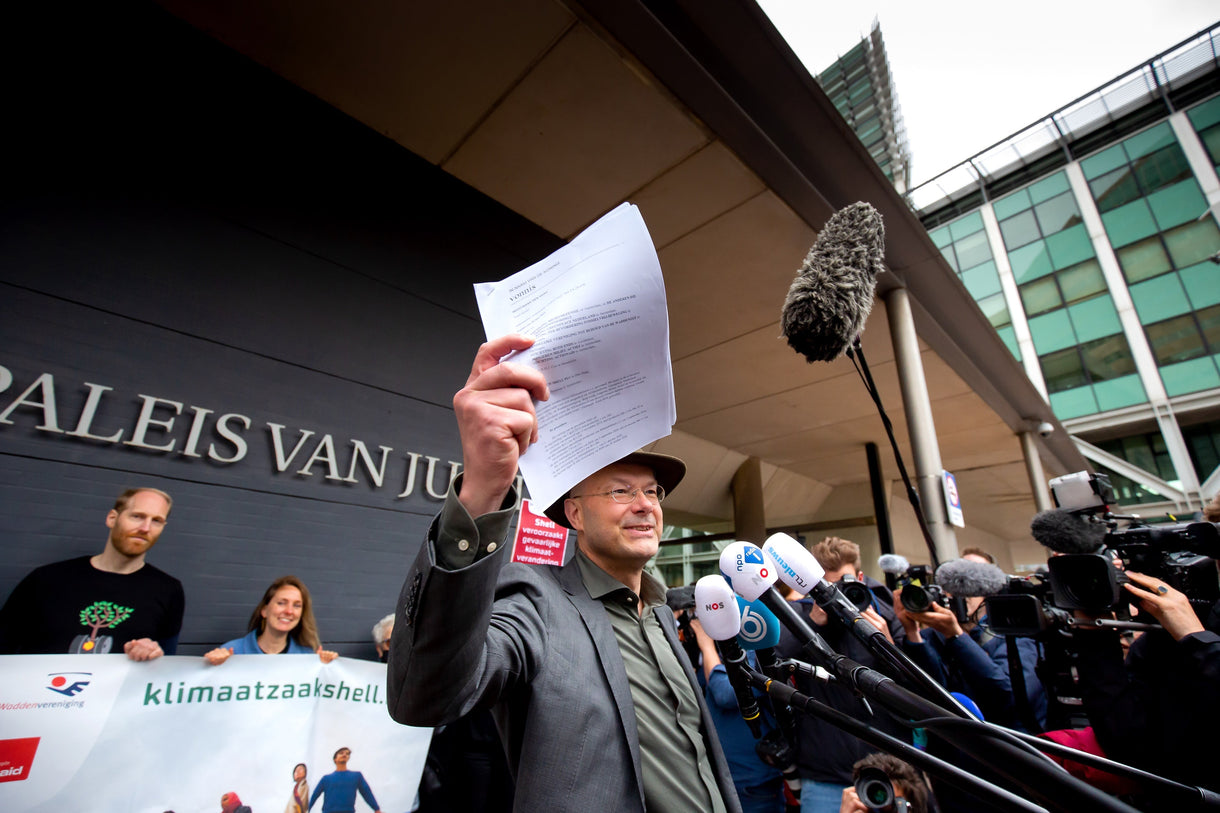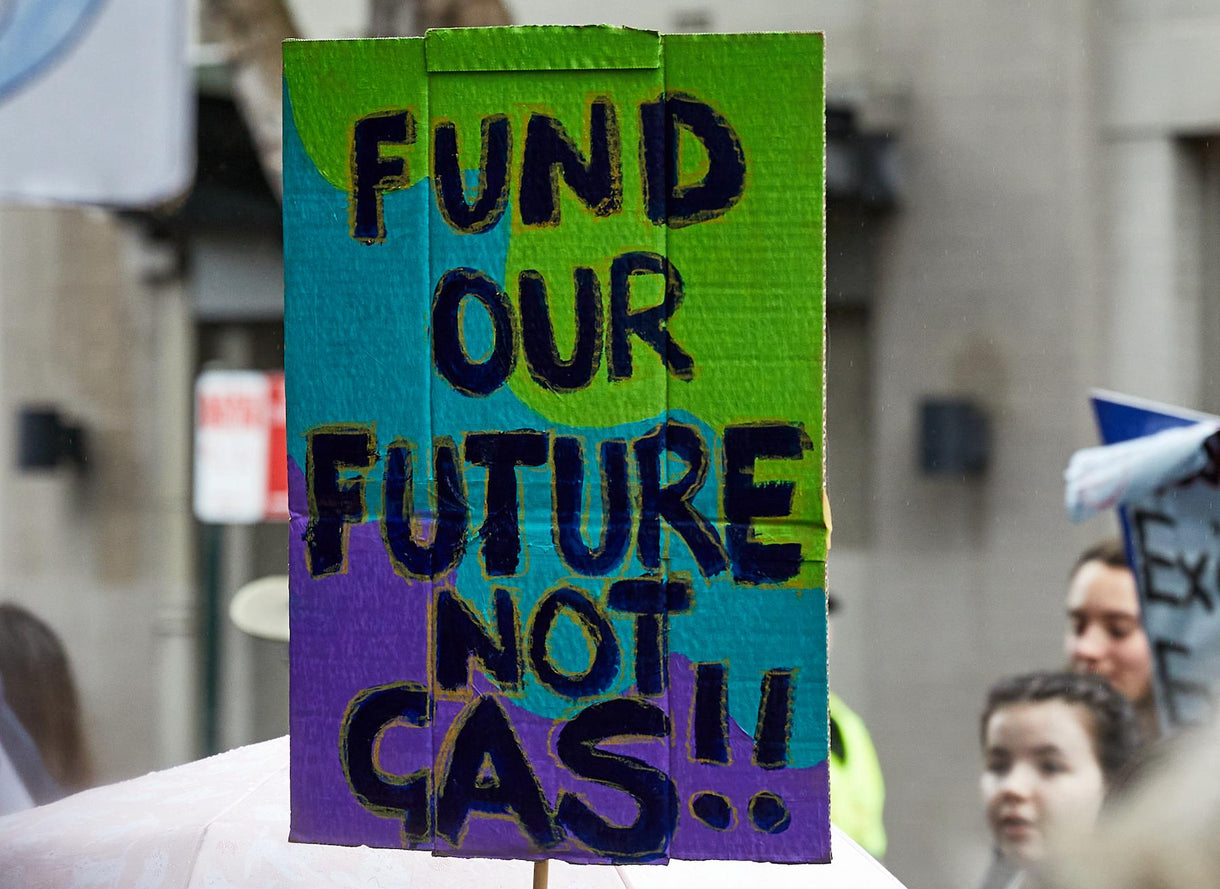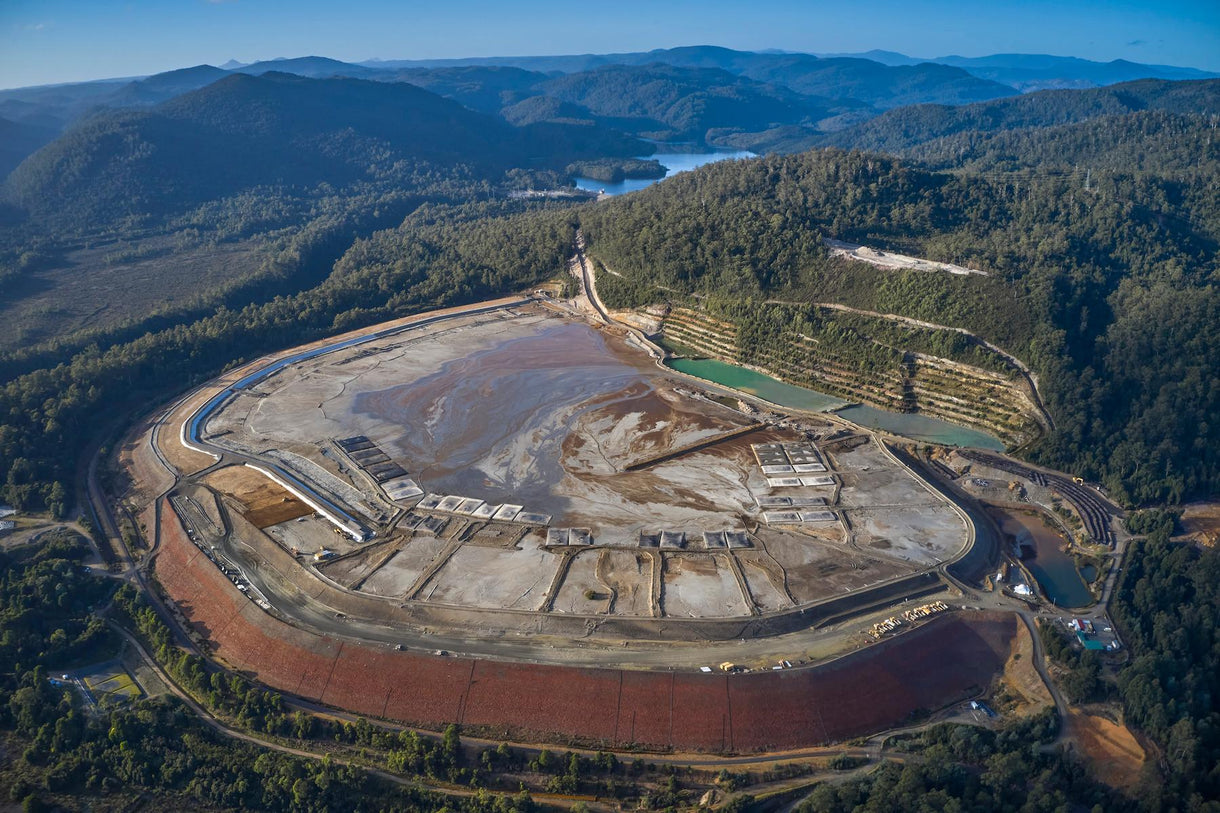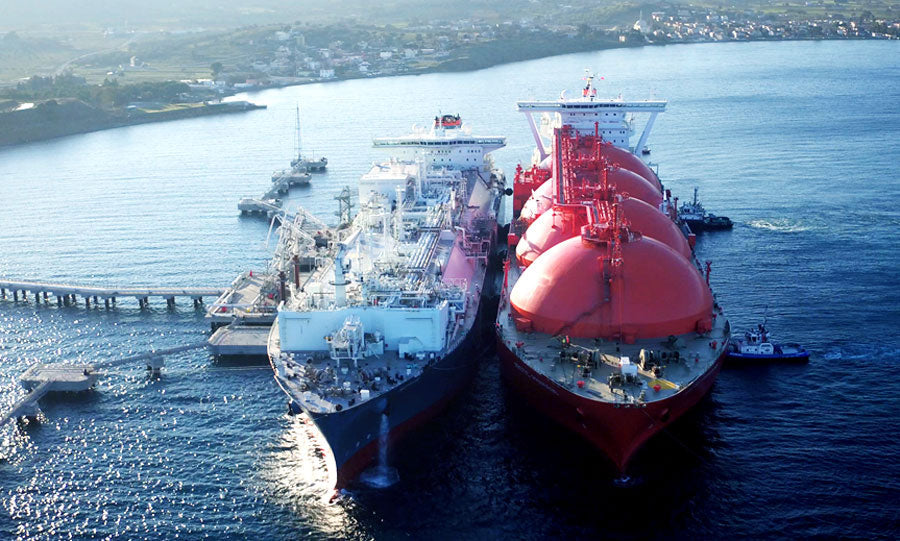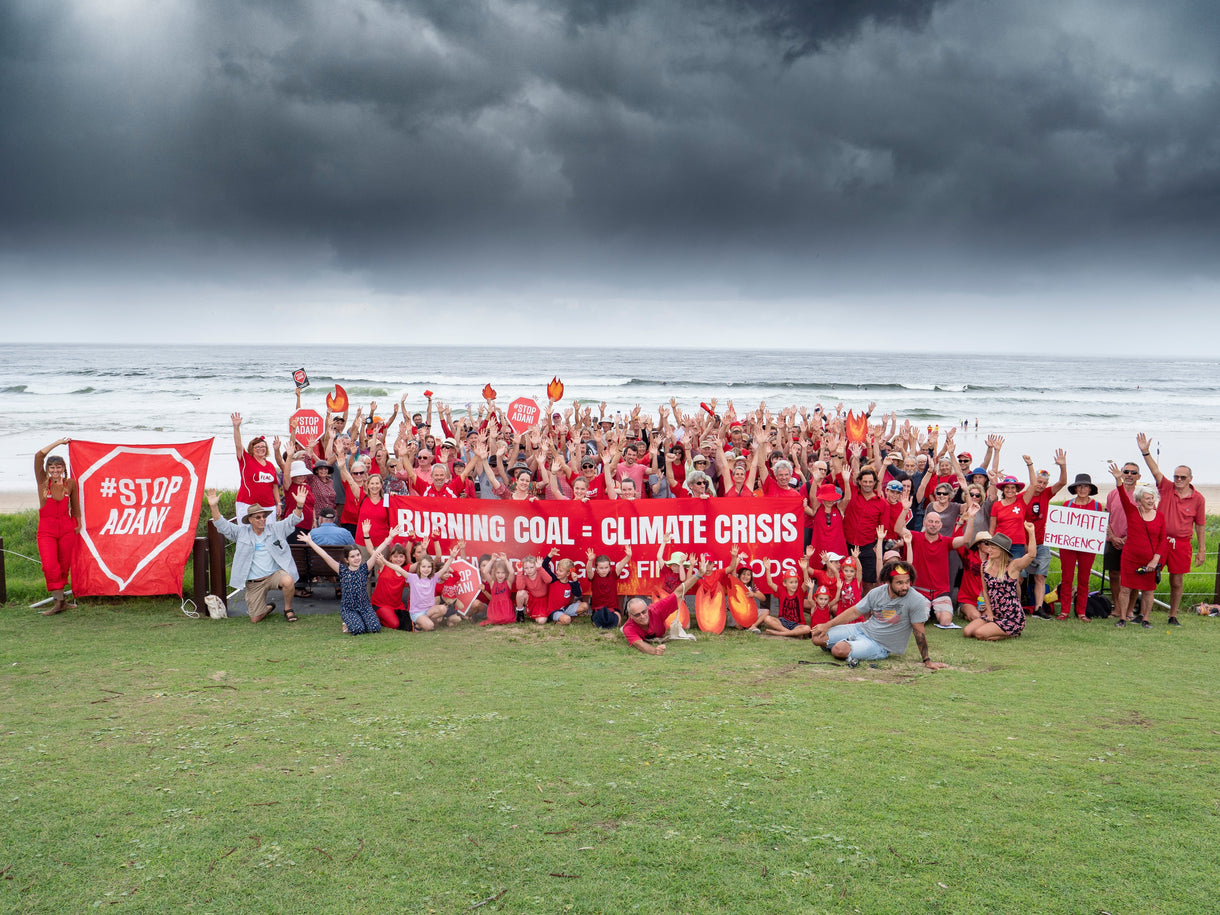You might have noticed last week at the COP26 meeting in Glasgow a colourful plastic diorama sitting out front of the Australian pavilion. You might also have noticed it was sporting the logo of Australian gas giant, Santos. What was a huge gas company doing at a climate conference? They were in Glasgow in part to spruik carbon capture and storage as a way to reduce carbon emissions. The Santos diorama demonstrated the technique, where carbon gas is captured and piped back underground into empty gas reservoirs. The presence of Santos – one of Australia’s largest carbon polluters – at the world’s most important climate conference drew heavy criticism, and the diorama was quietly wheeled away after two days.
As (most of) the world aims for net zero by 2050, carbon capture and storage has become a foil for the fossil fuel industry to continue to dig up and burn coal, oil and gas into the future. It’s become a central pillar to the federal government’s net zero plans.
The one slight catch in this plan is that it has rarely worked anywhere in the world, not at scale and certainly not cost effectively.
In the first three years it failed miserably, capturing nothing, instead releasing 25.5 million tonnes of carbon into the atmosphere.
Australia is home to the world’s largest carbon capture and storage project, Chevron’s Gorgon gas facility on Barrow Island, Western Australia. As a condition of its environmental approval it was required to capture and store 3.4 and 4 million tonnes of fugitive gas emissions every year. In the first three years it failed miserably, capturing nothing, instead releasing 25.5 million tonnes of carbon into the atmosphere. And that’s just the fugitive emissions, the ones that escape while the gas is being extracted and processed. Carbon capture and storage does nothing for the emissions created when the gas is actually used by consumers. Gorgon isn’t an outlier. Carbon capture has failed at scale pretty much everywhere it’s been tried around the world.
Carbon capture and storage however has become a buzzword for gas producers. The potential for it to someday be viable gives them license to keep polluting today. In Australia, it also puts them in line for millions of dollars in government subsidies. The federal government yesterday announced another $500 million for the Clean Energy Finance Corporation, specifically referencing carbon capture and storage as a beneficiary.
And that brings us to the coastline just south of Newcastle. Plans are well down the road to drill an exploratory gas well 25km off the coast, inside the PEP11 exploration zone. But while the company doing the drilling – Advent Energy – is bullish about their chances of finding gas, they are increasingly pitching the prospect of the gas reservoir being used to store carbon from sources such as coal-fired power stations and oil refineries.
“At this stage, we do not know if our drilling will encounter suitable carbon storage rocks,” says Advent’s Chairman, David Breeze. “But based on the offshore seismic results we have obtained so far, we are optimistic.”
“If our gas and carbon storage exploration program is successful, and I am optimistic that it will be, it could be a real game changer for NSW and Australia in transitioning to a clean energy and net zero future. I look forward to discussing our plans with the State and Federal governments, and with the Opposition.”
The PEP11 permit has been in limbo since February and has been waiting for Resources minister to renew it. Advent Energy meanwhile has been moving ahead with plans to drill the exploratory well, while a bill currently sits before federal parliament aiming to scrap PEP11 altogether.

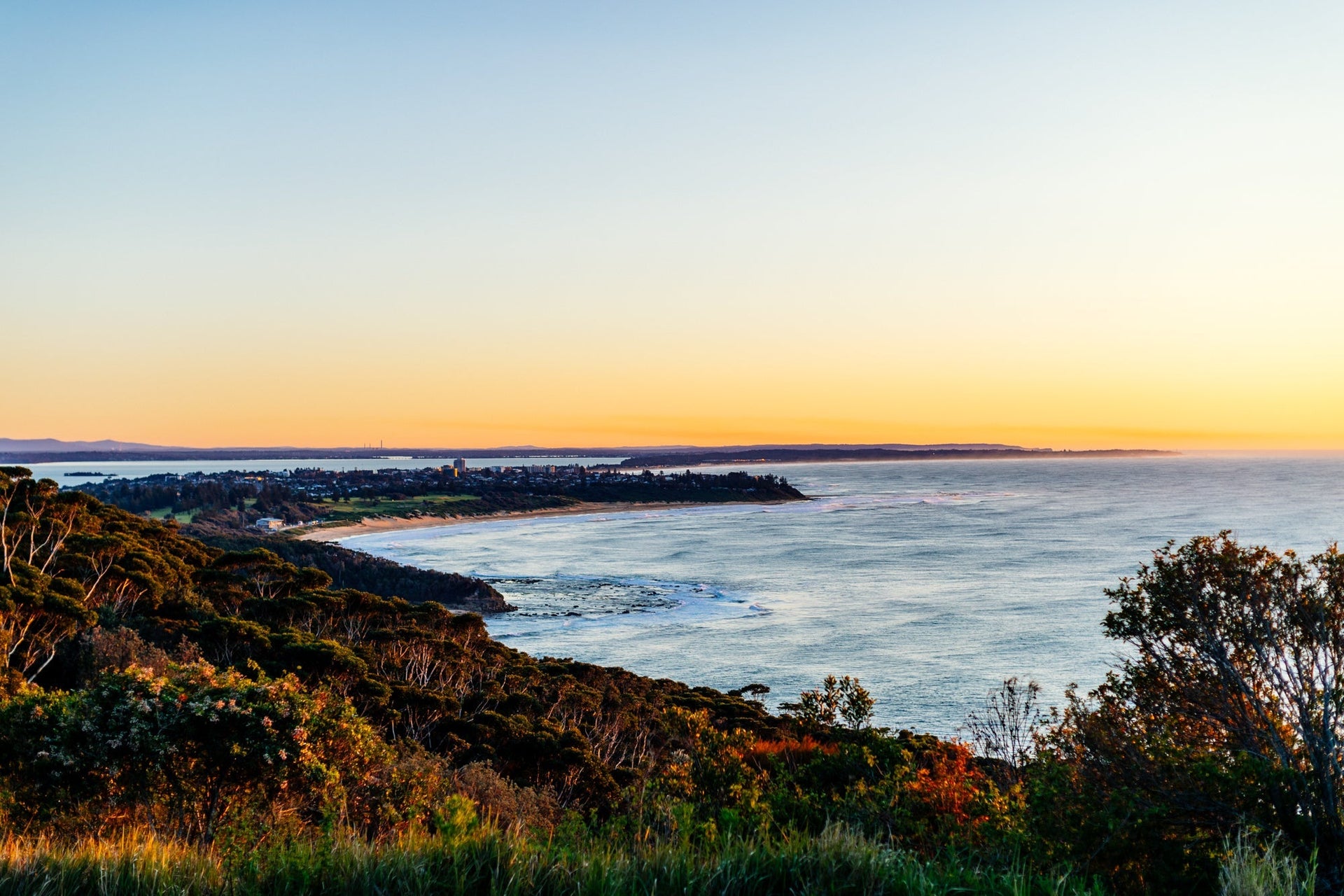

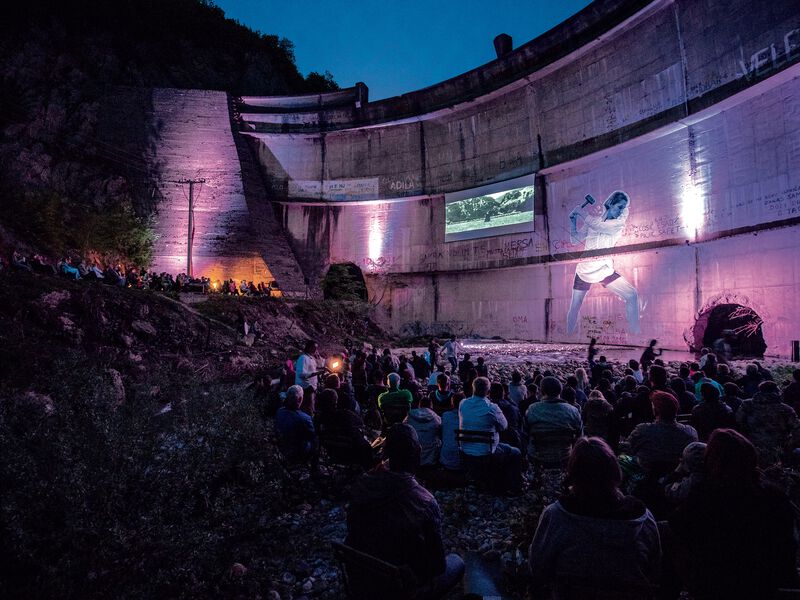

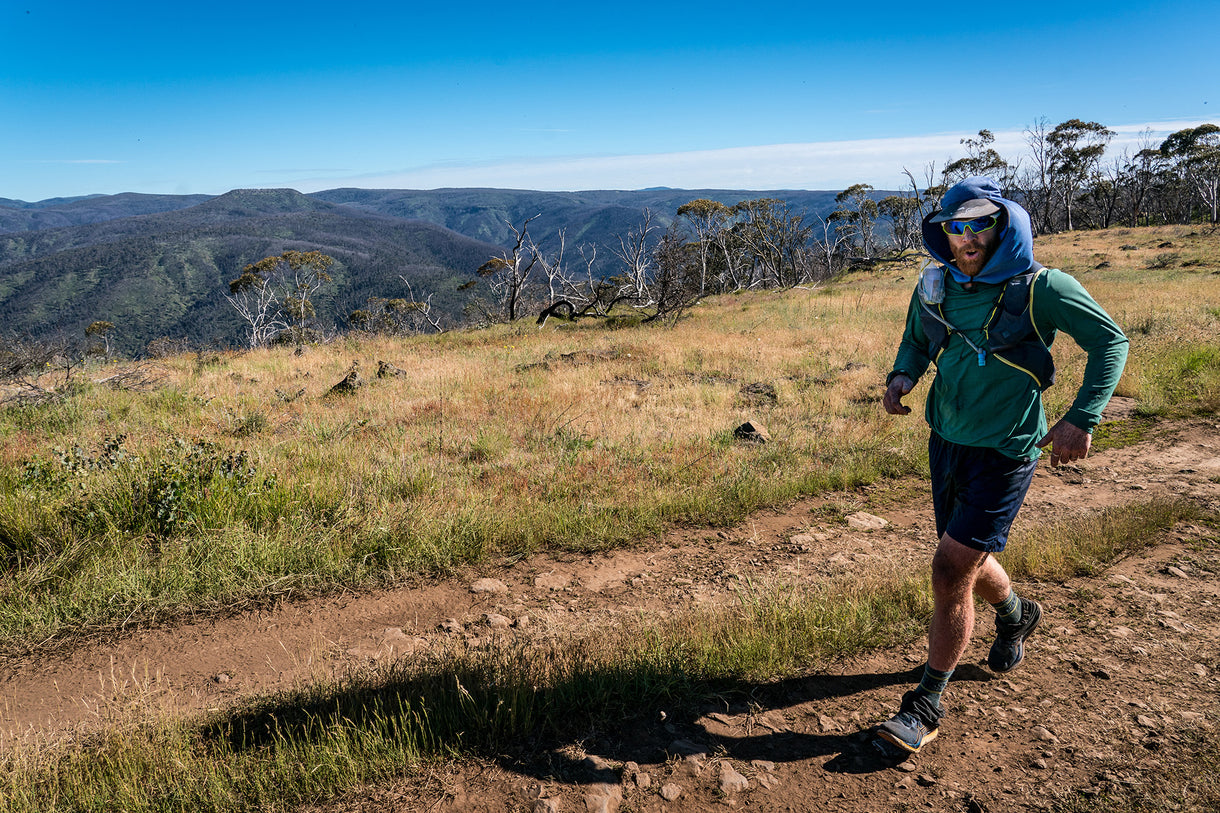

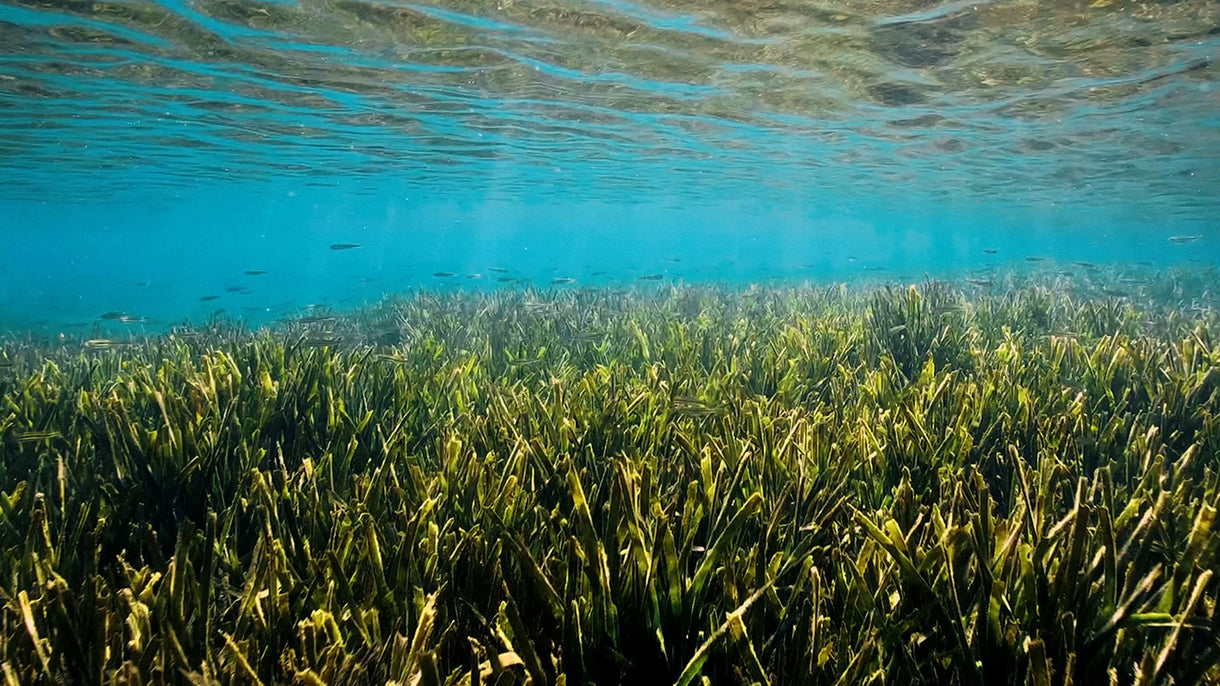

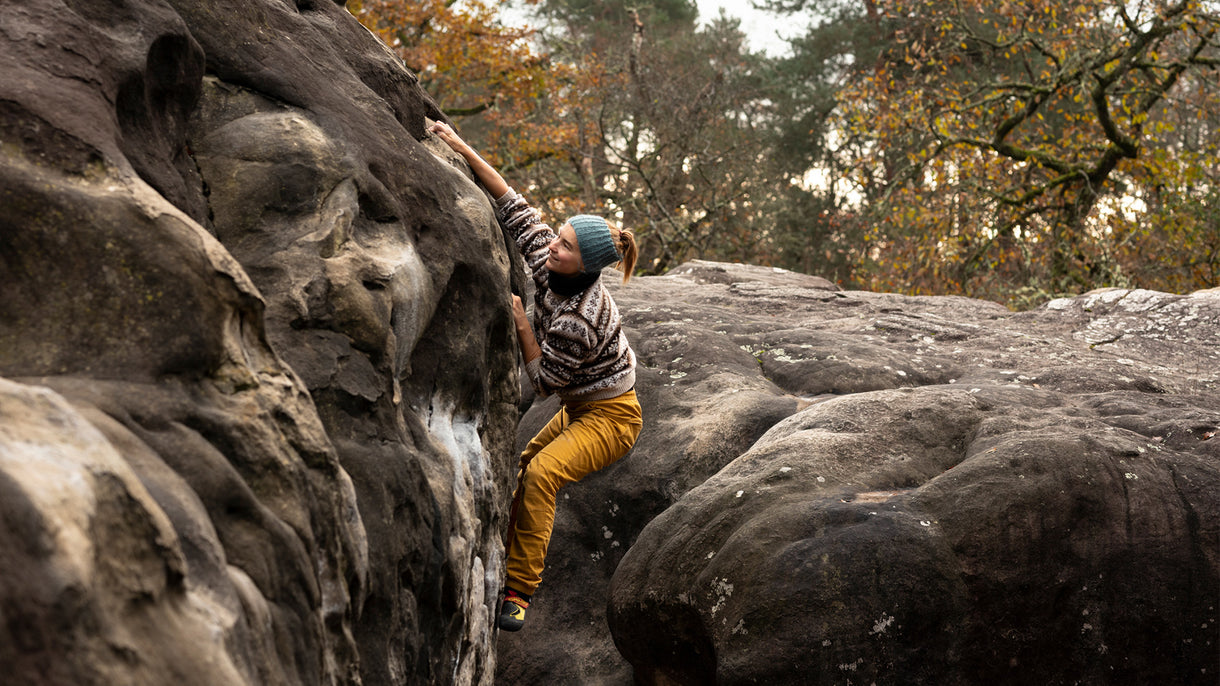



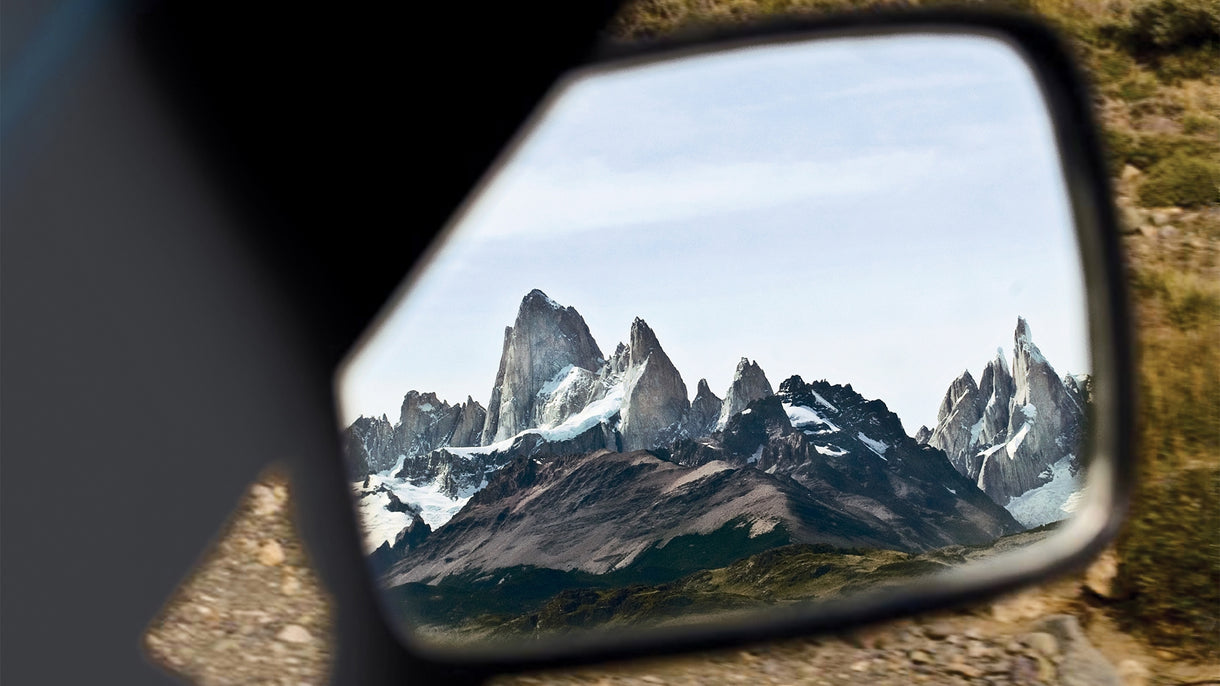

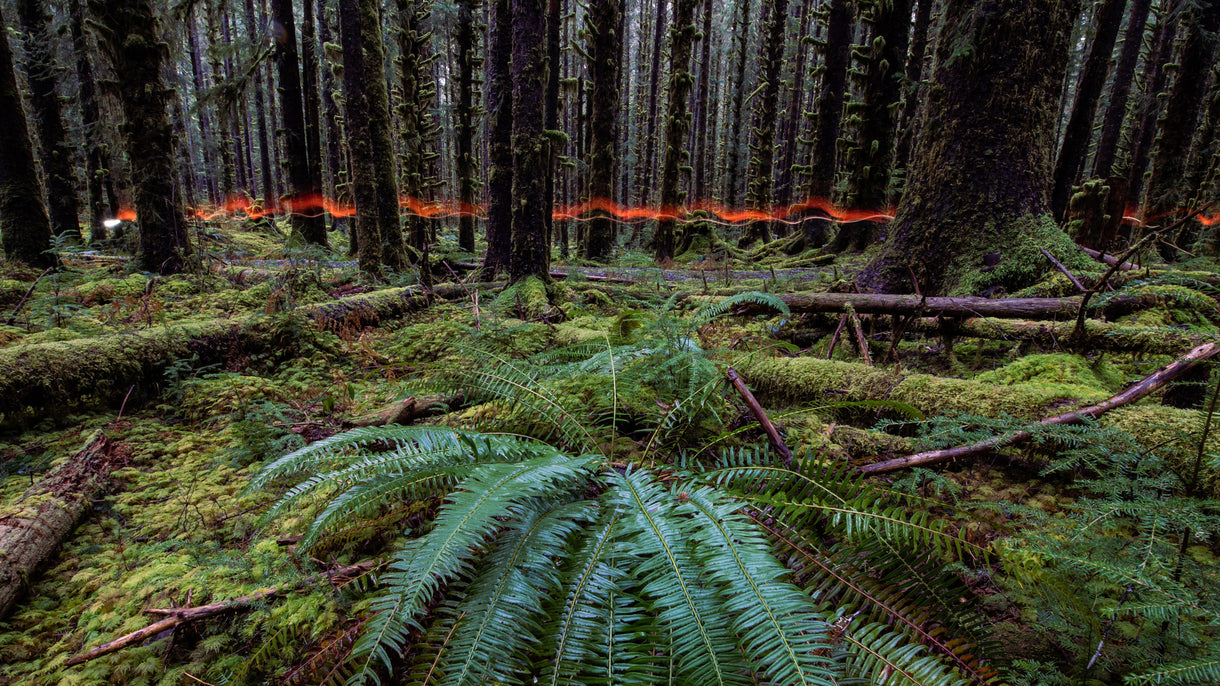



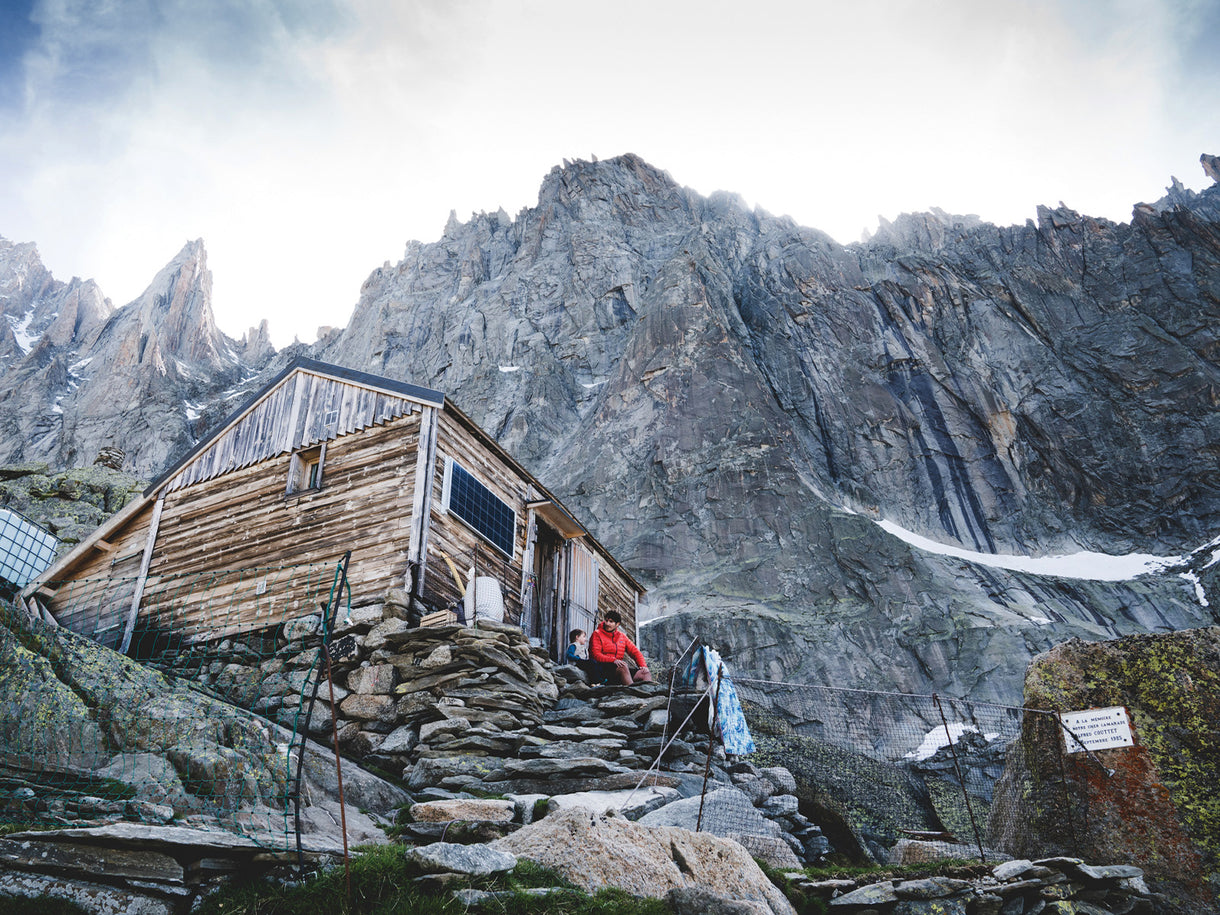





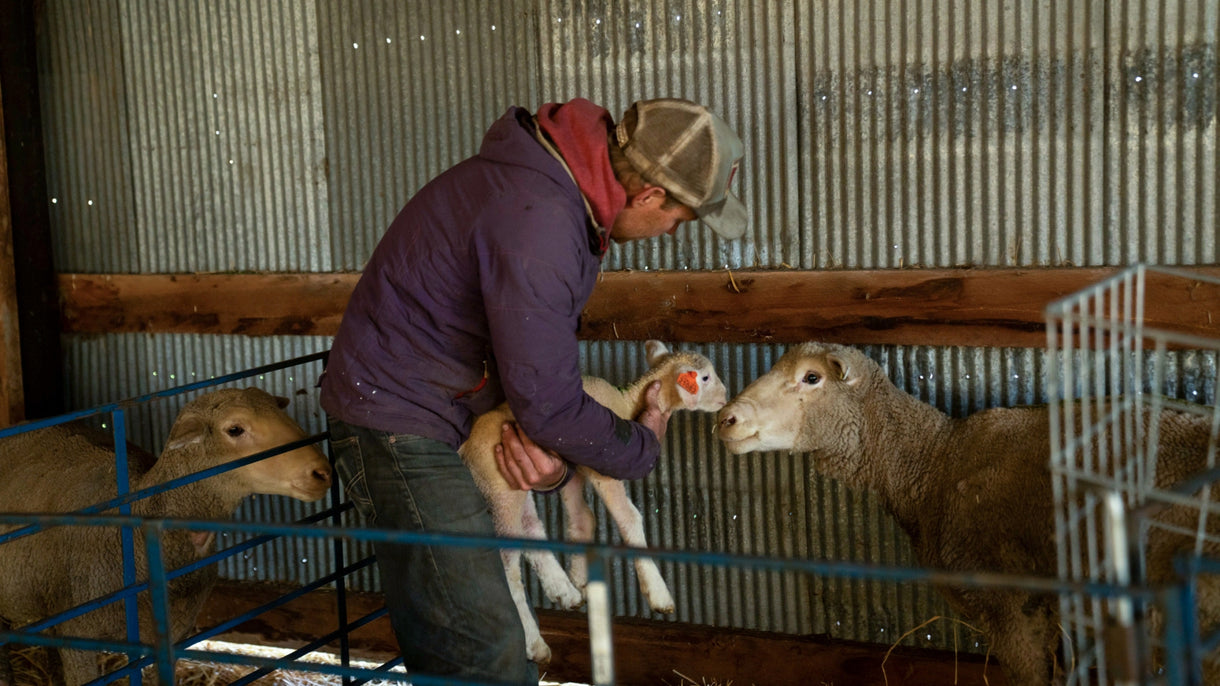


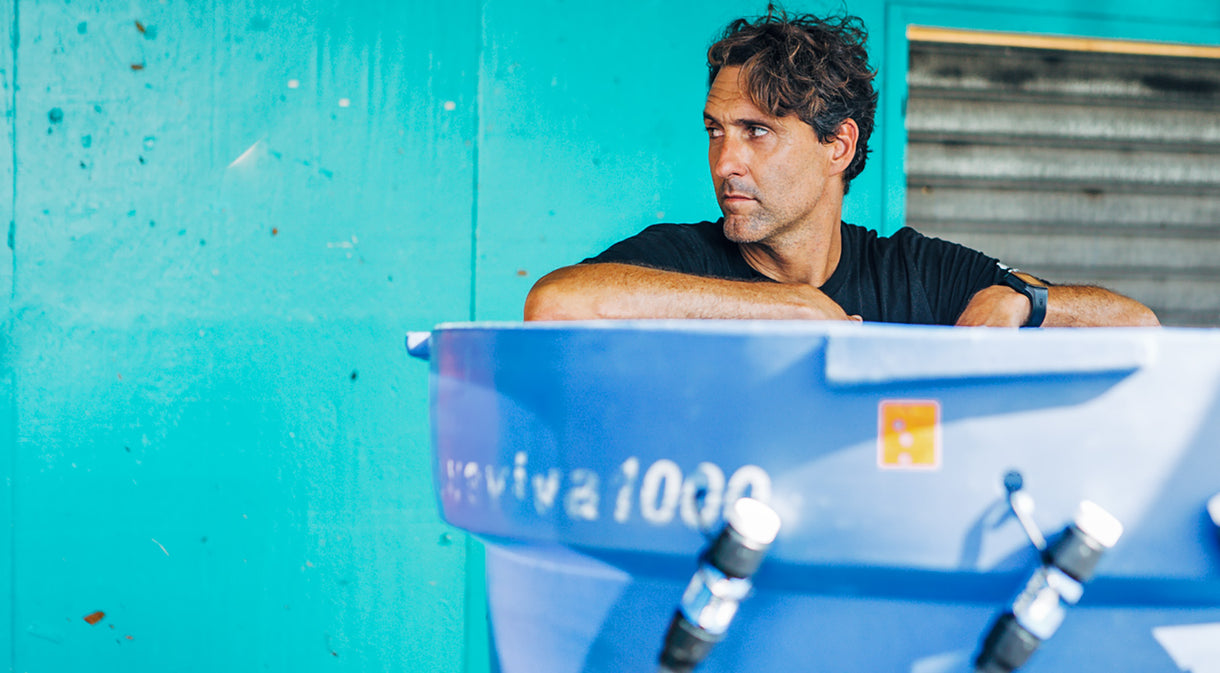
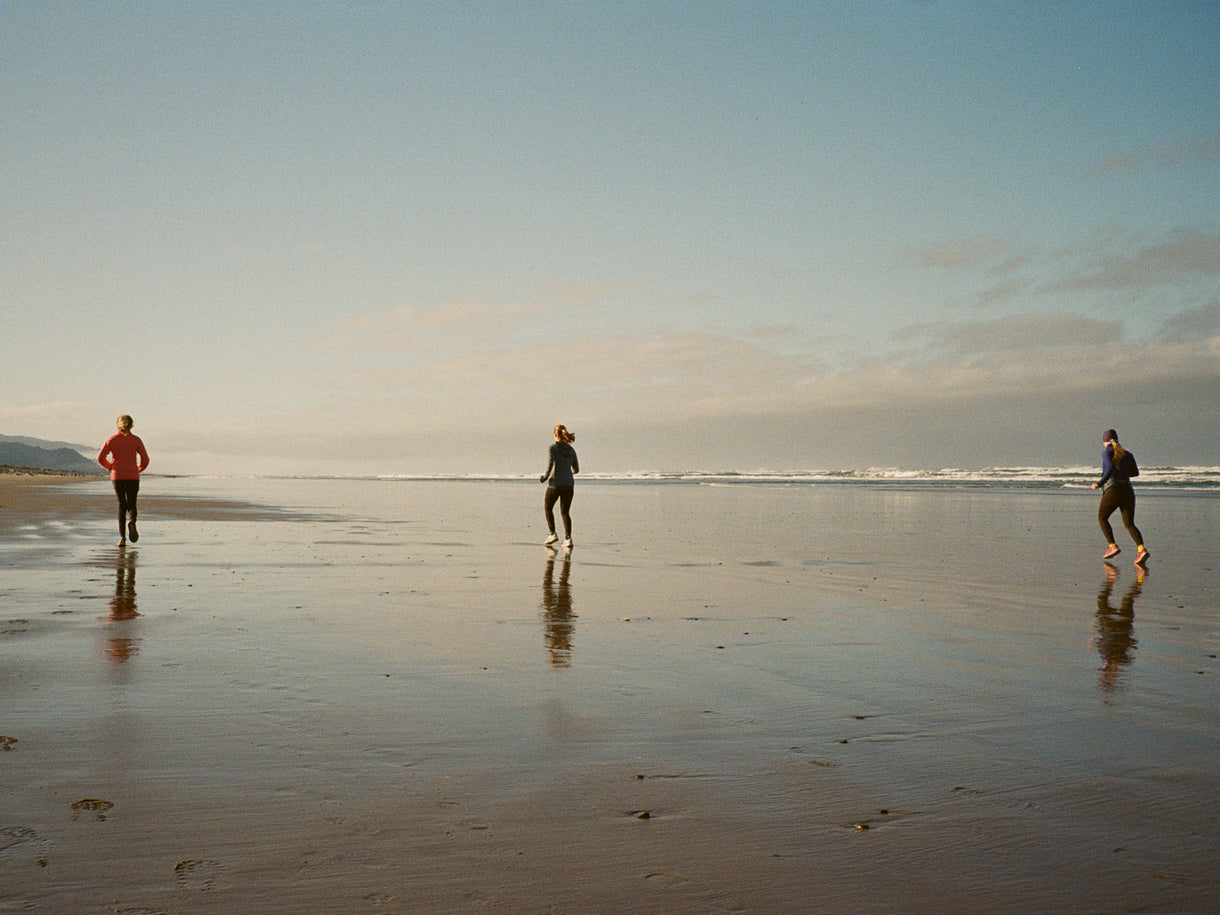
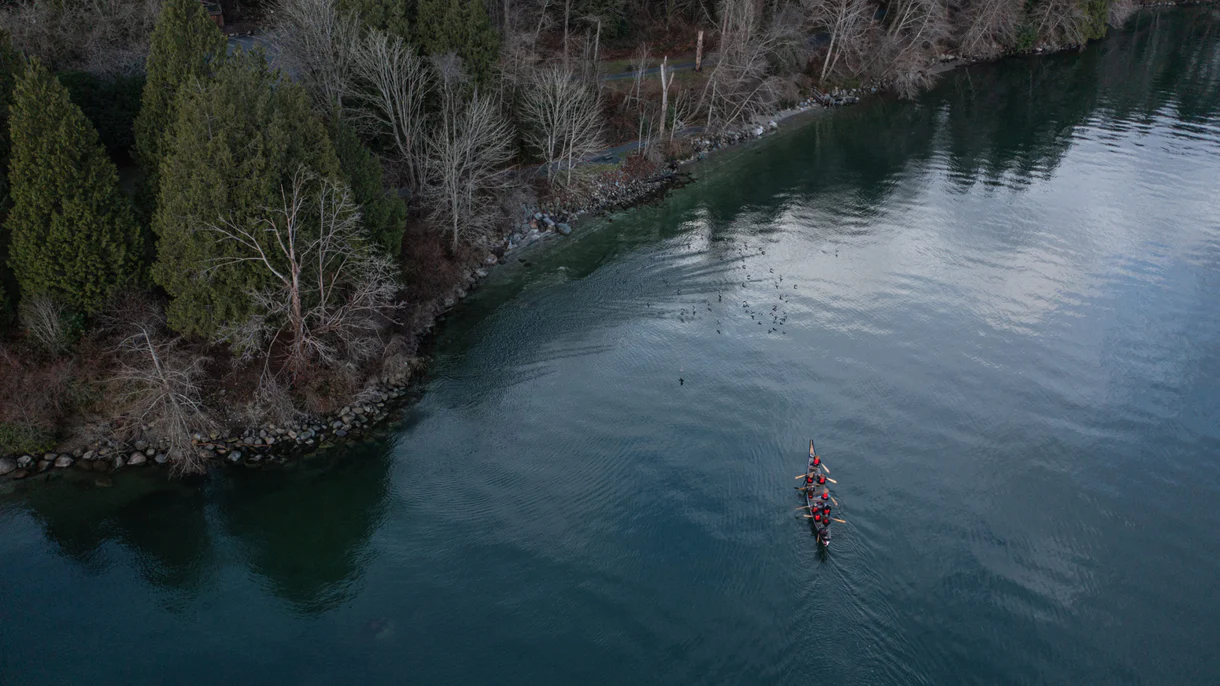

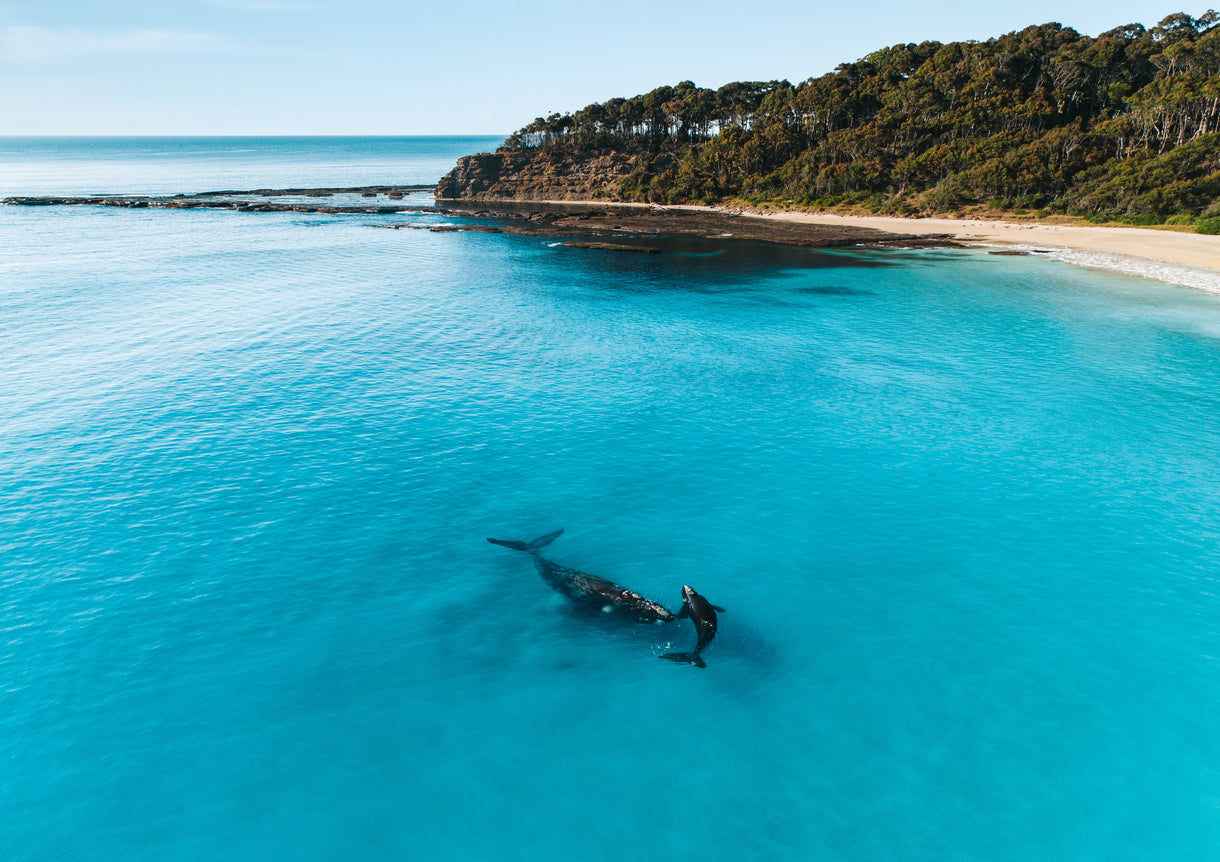
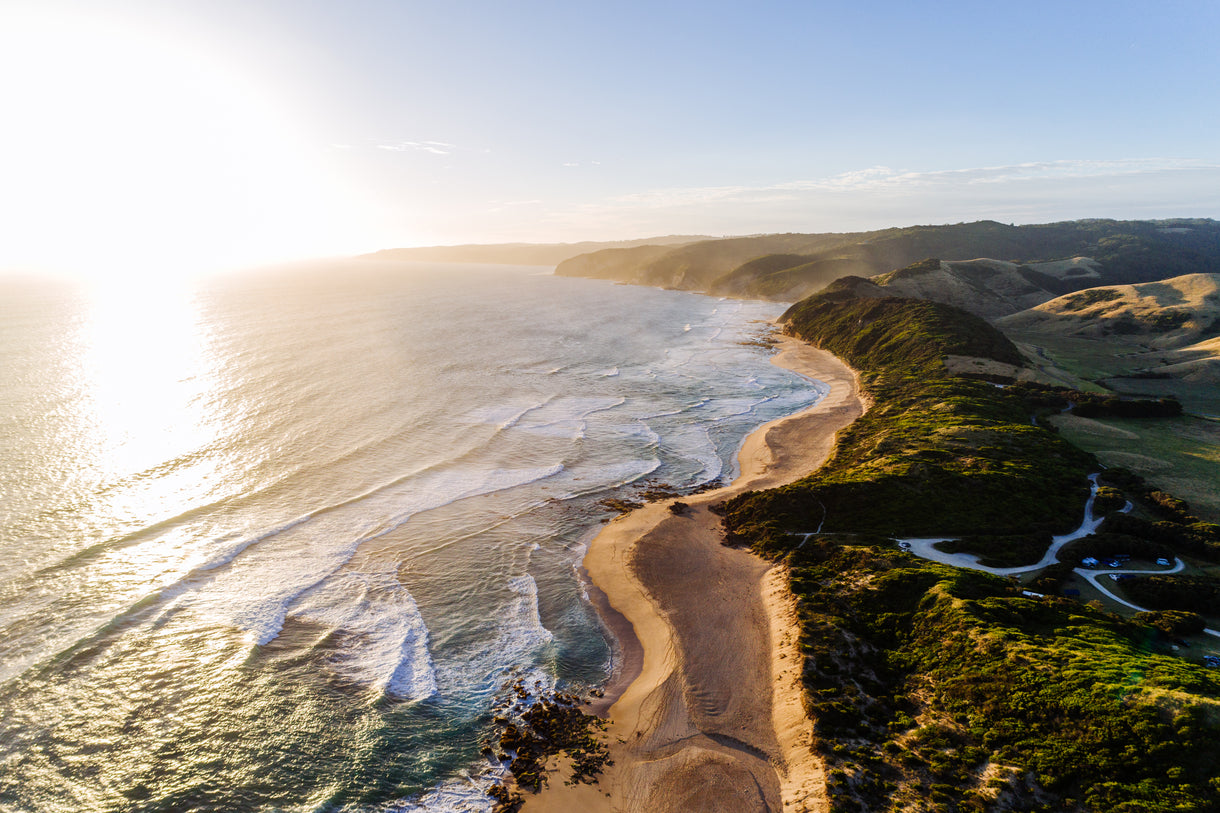
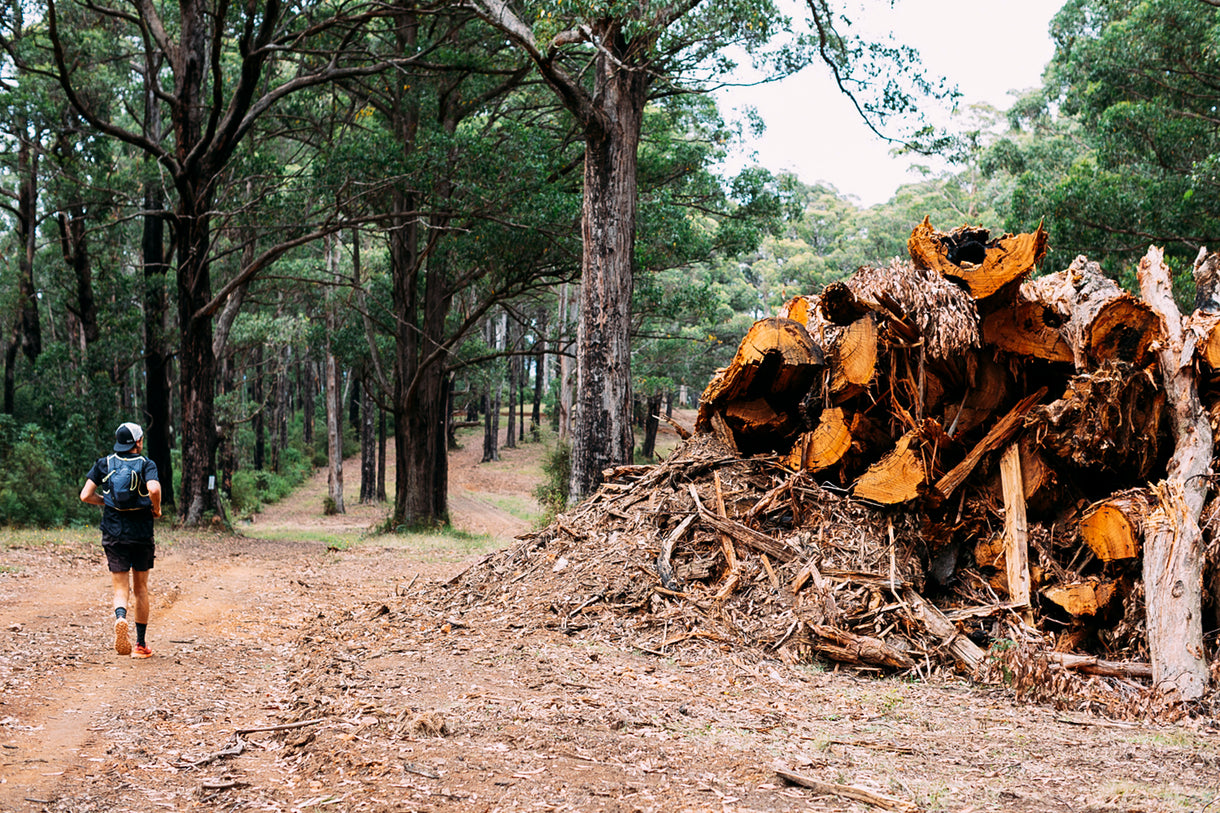
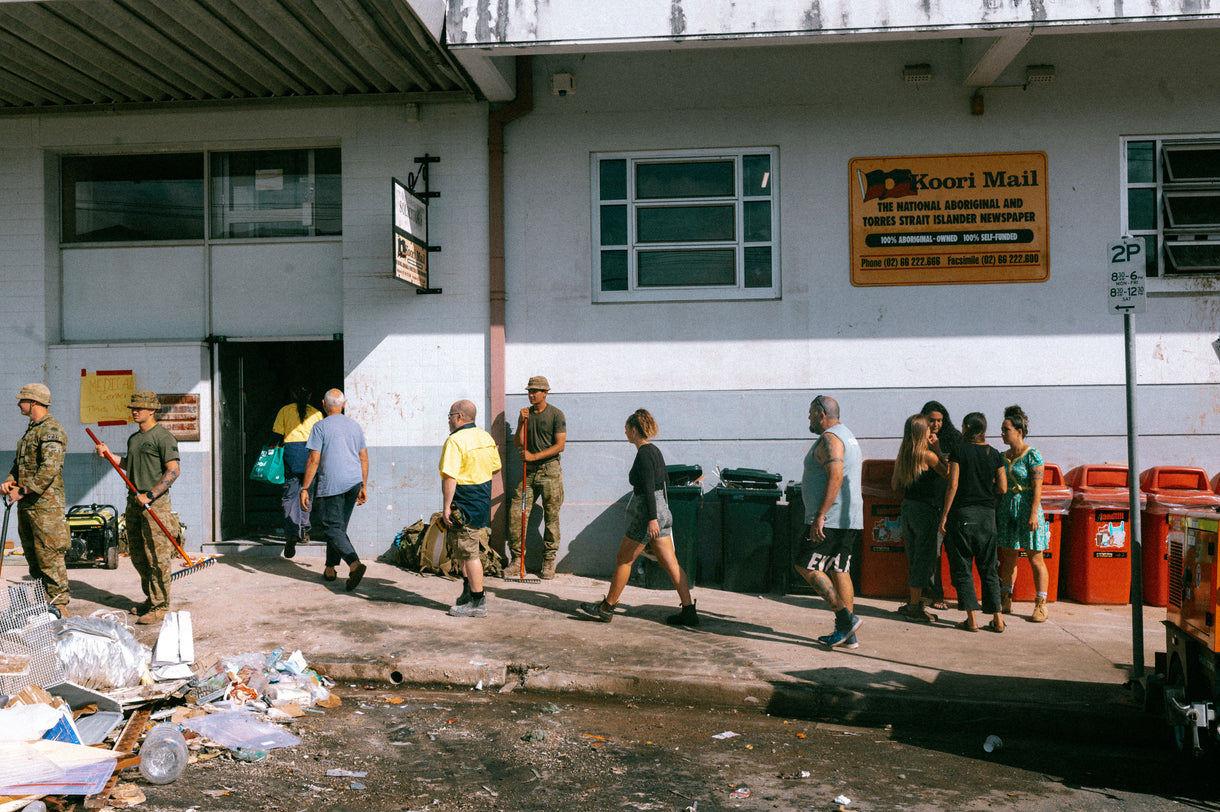

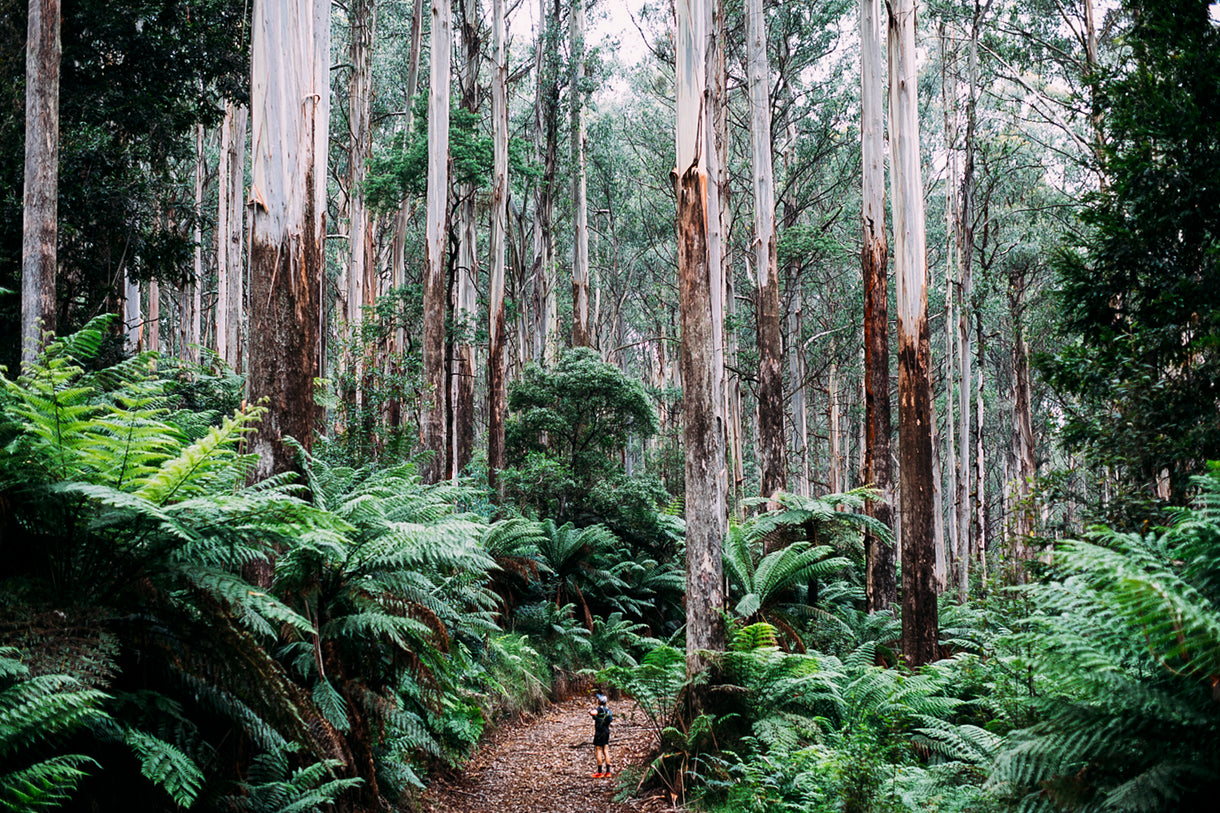
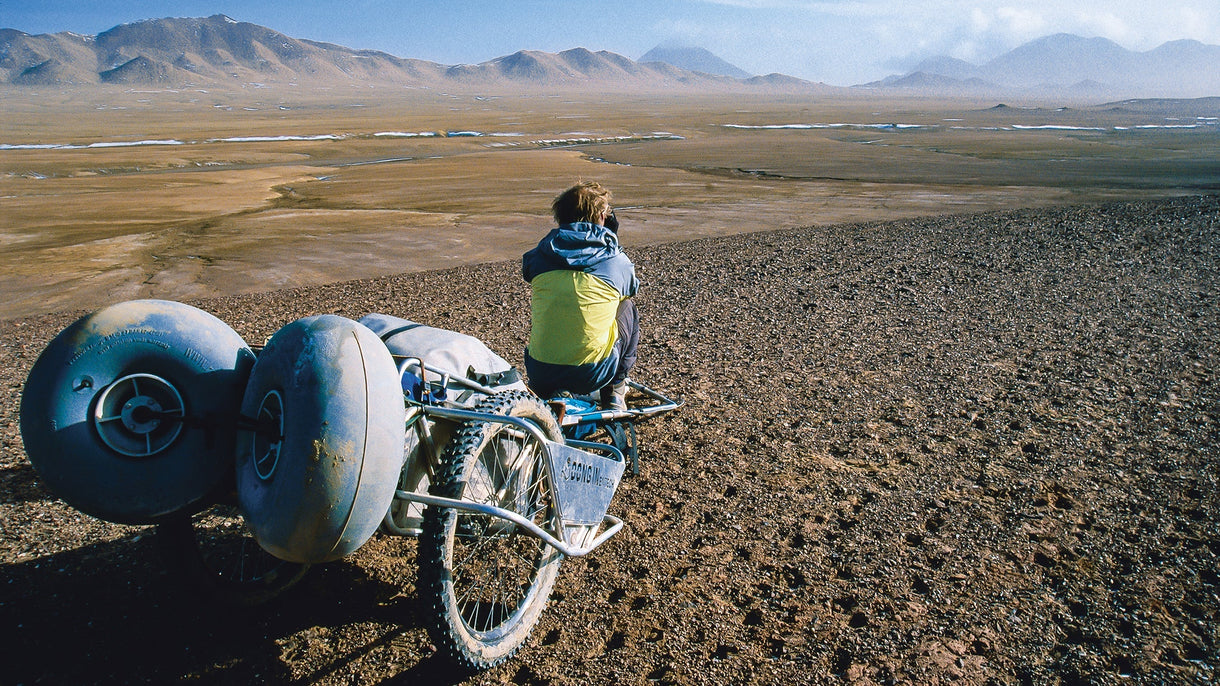
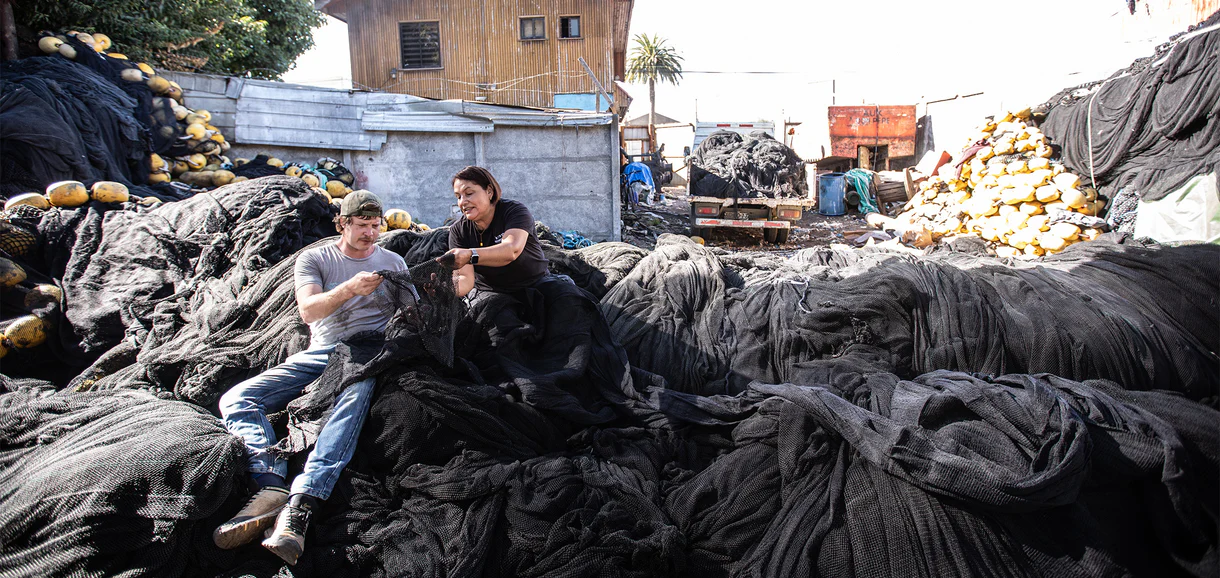





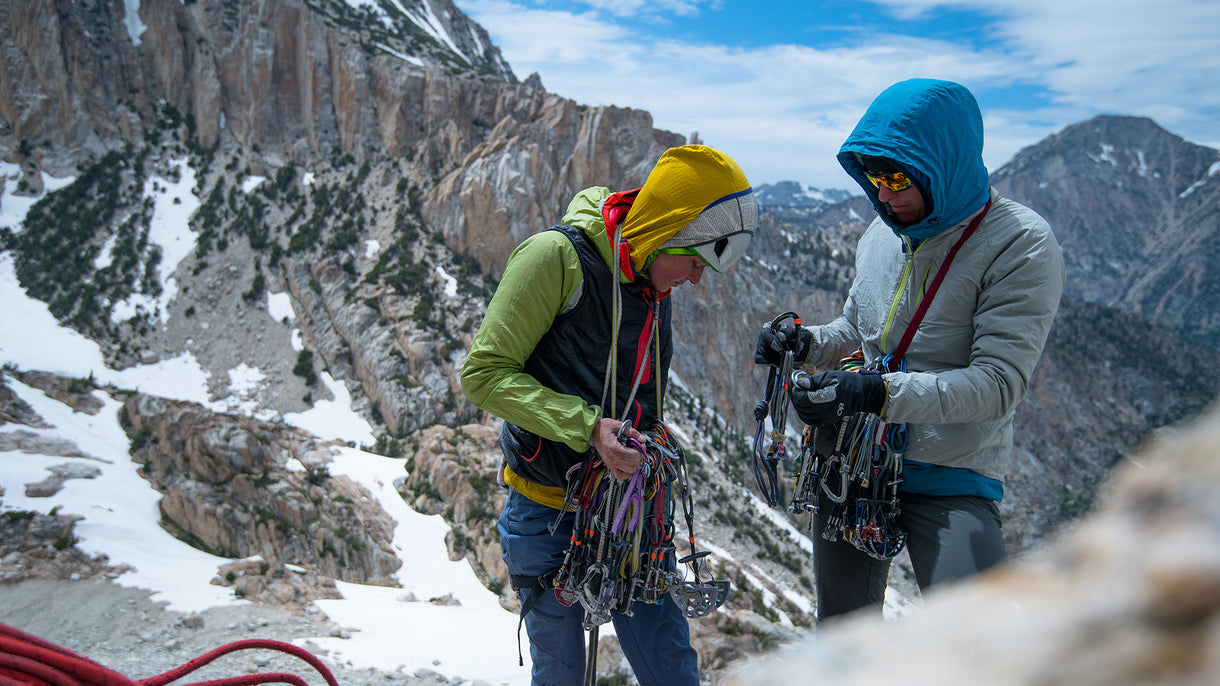

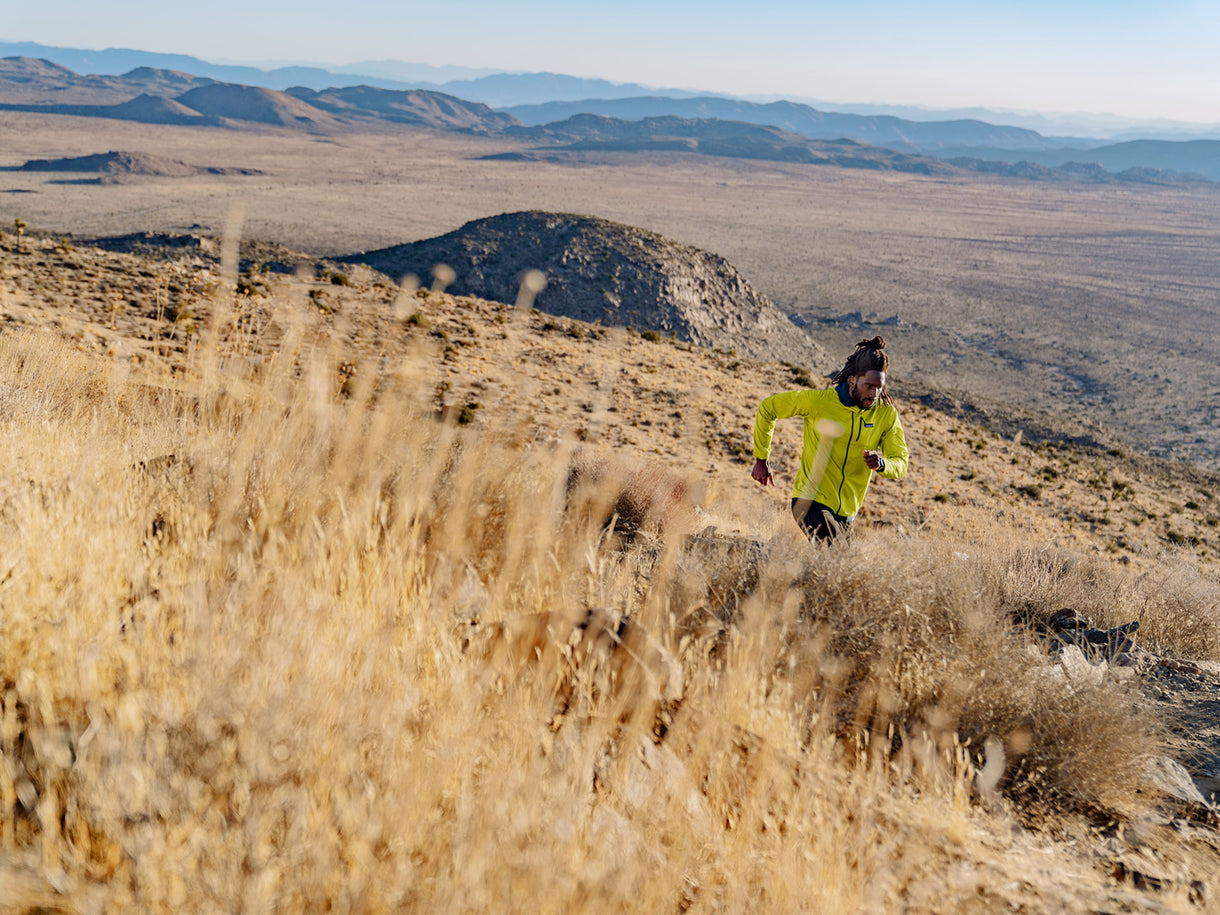


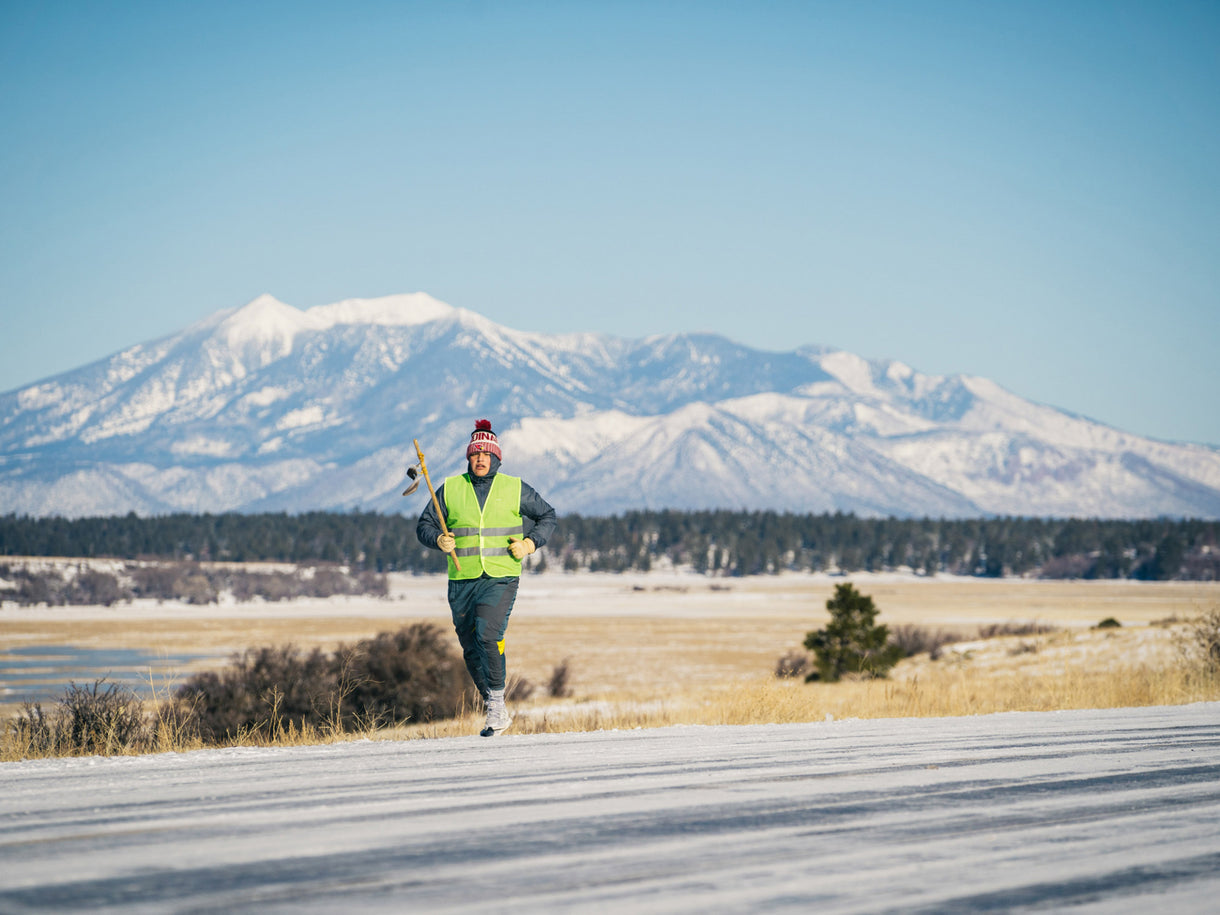

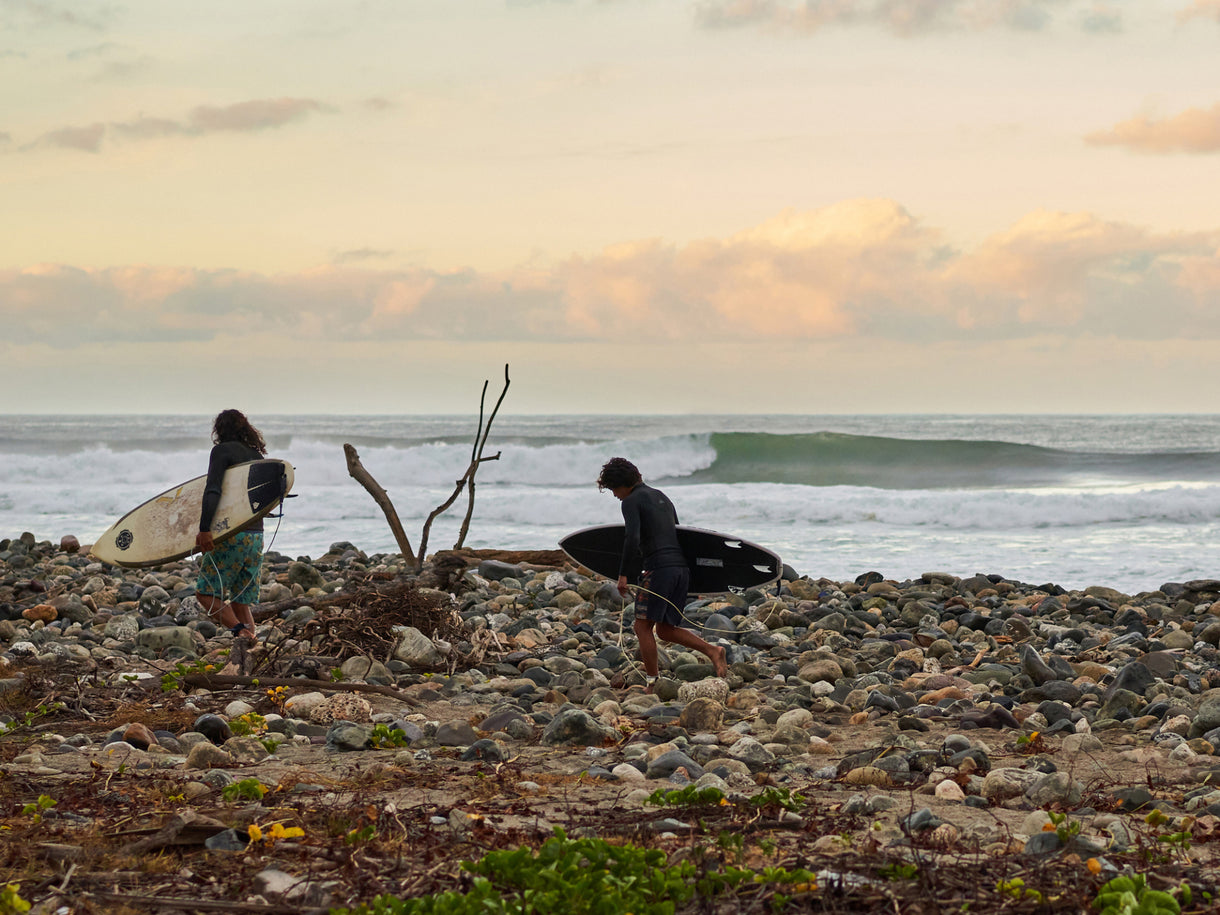
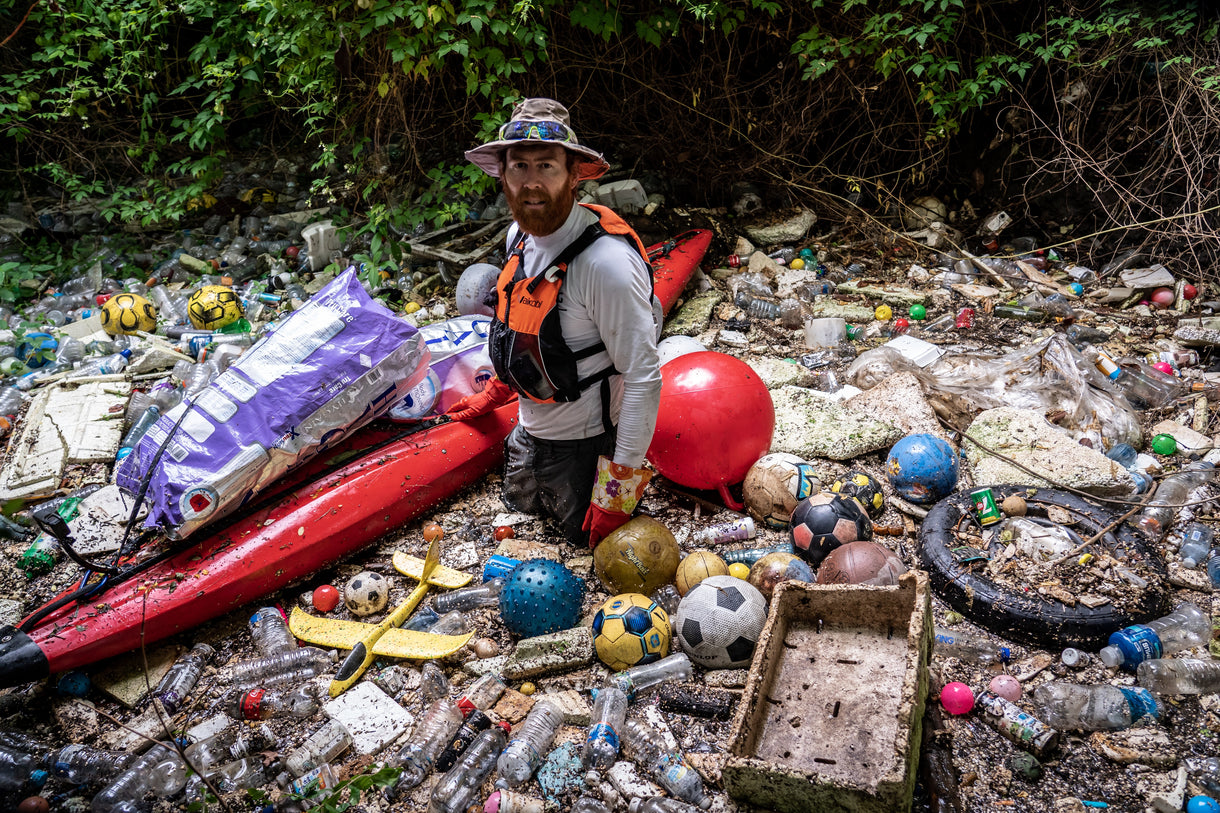
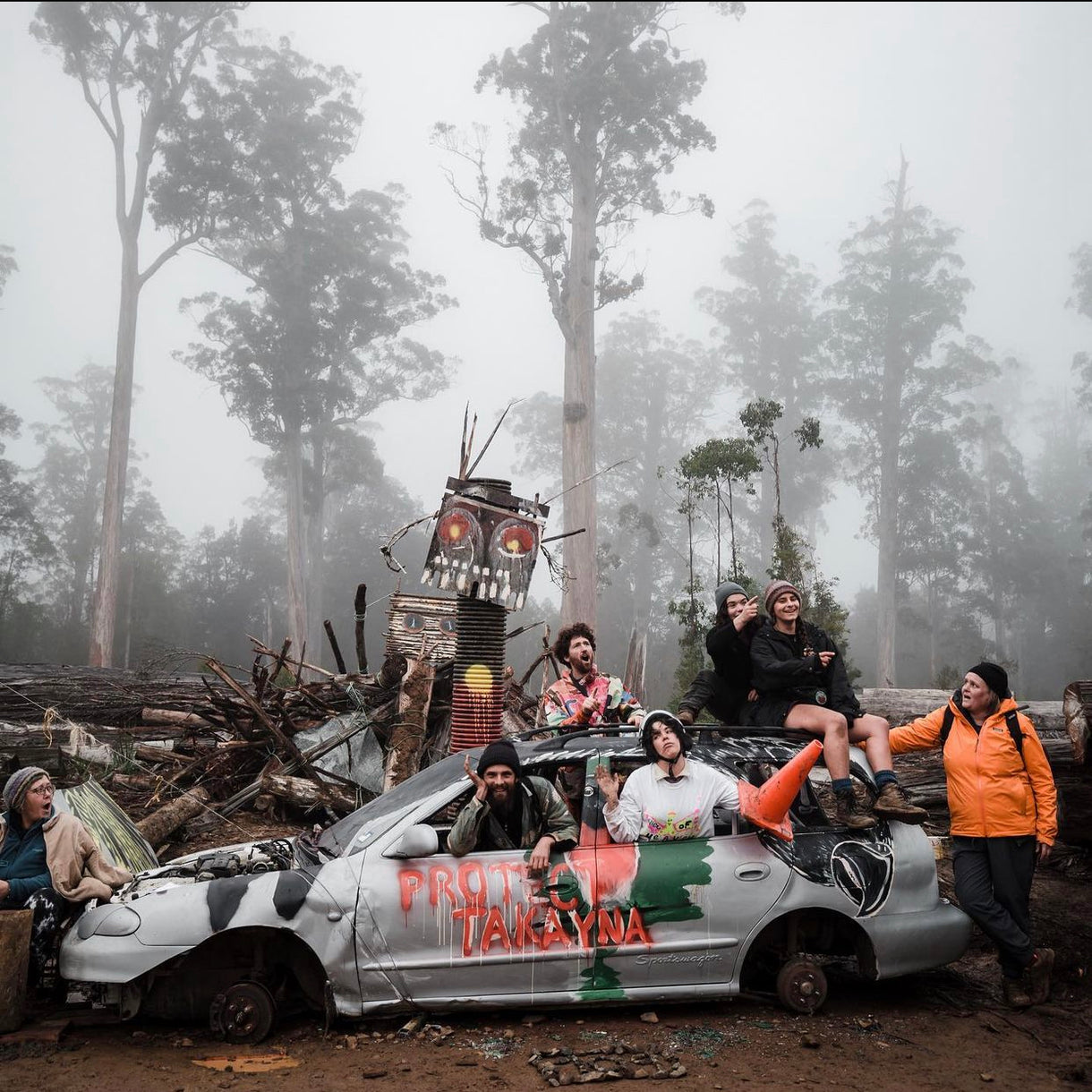
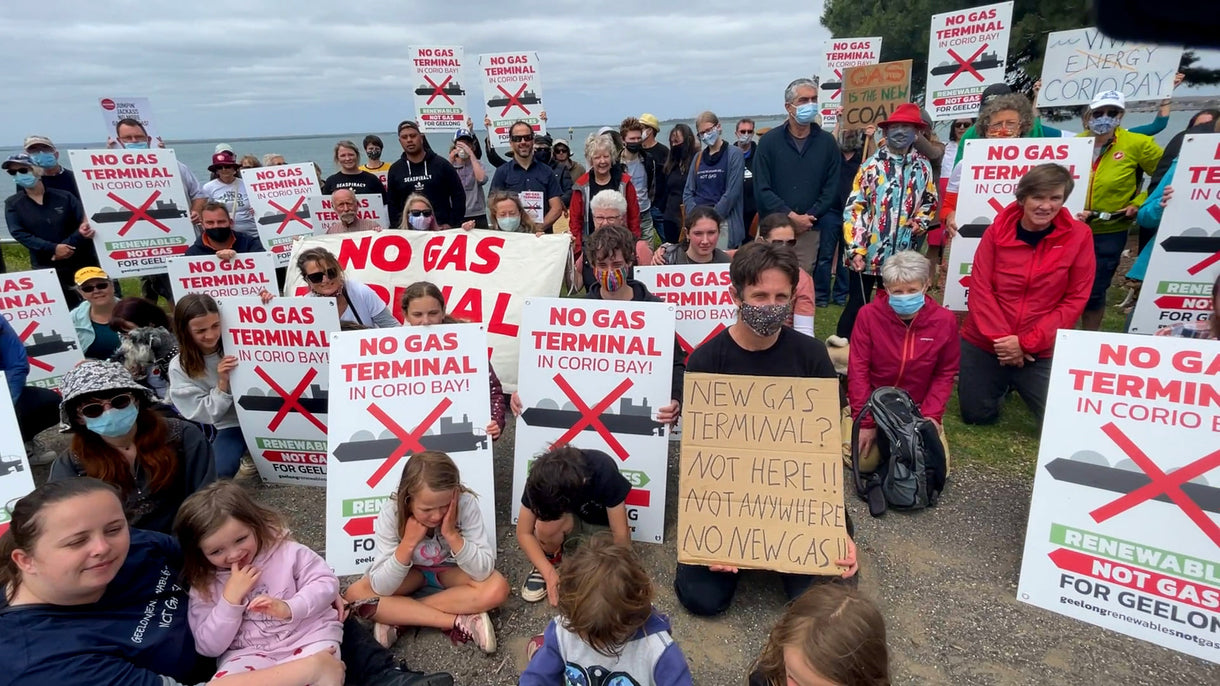
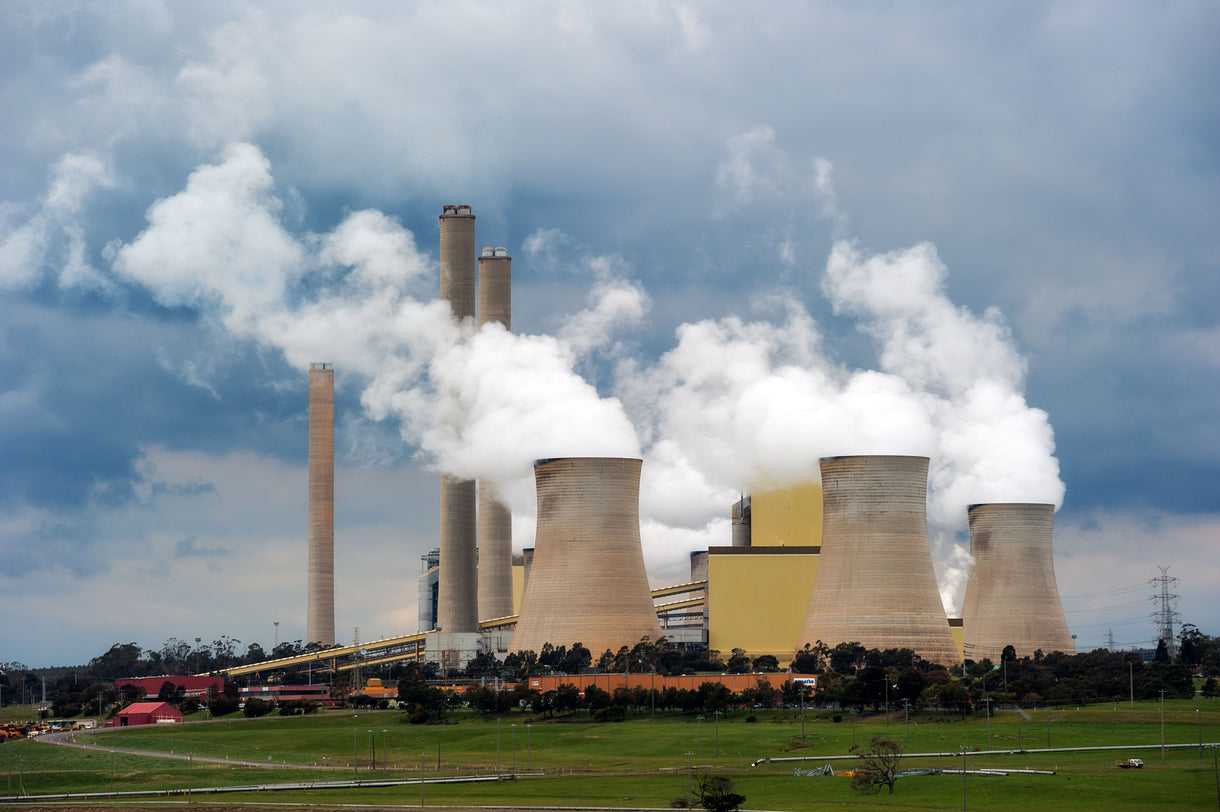
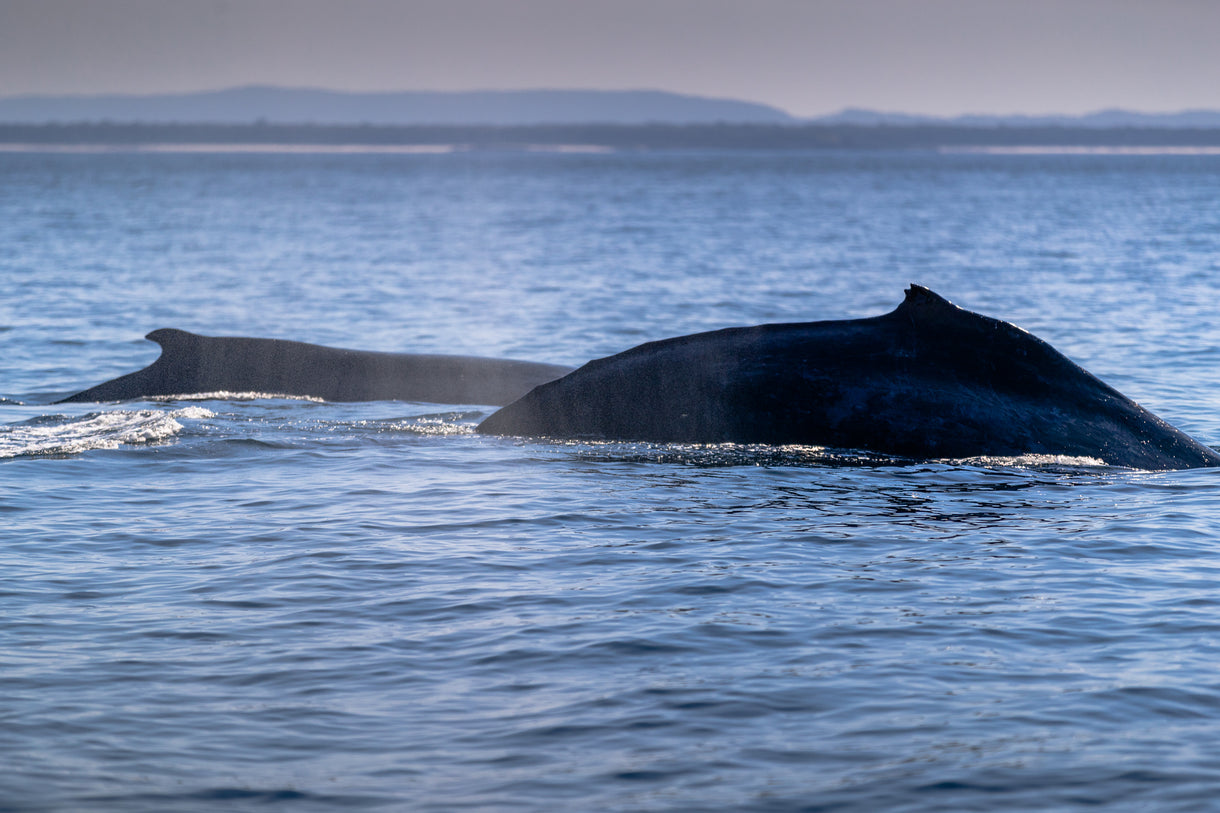
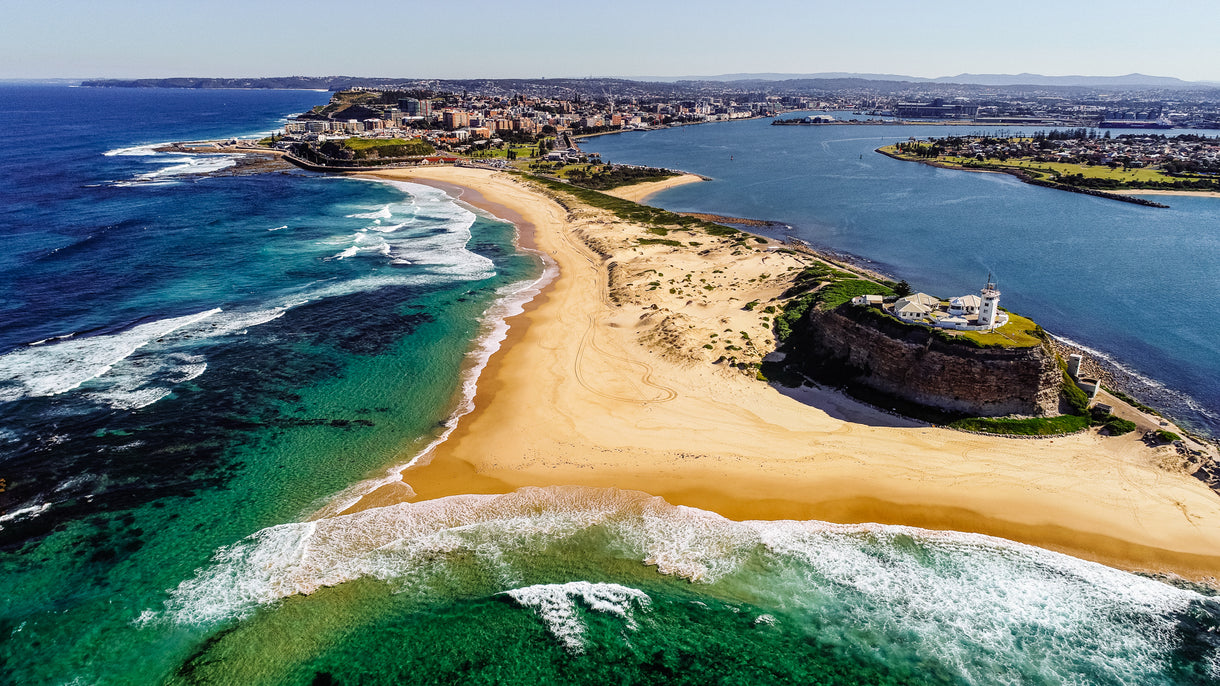
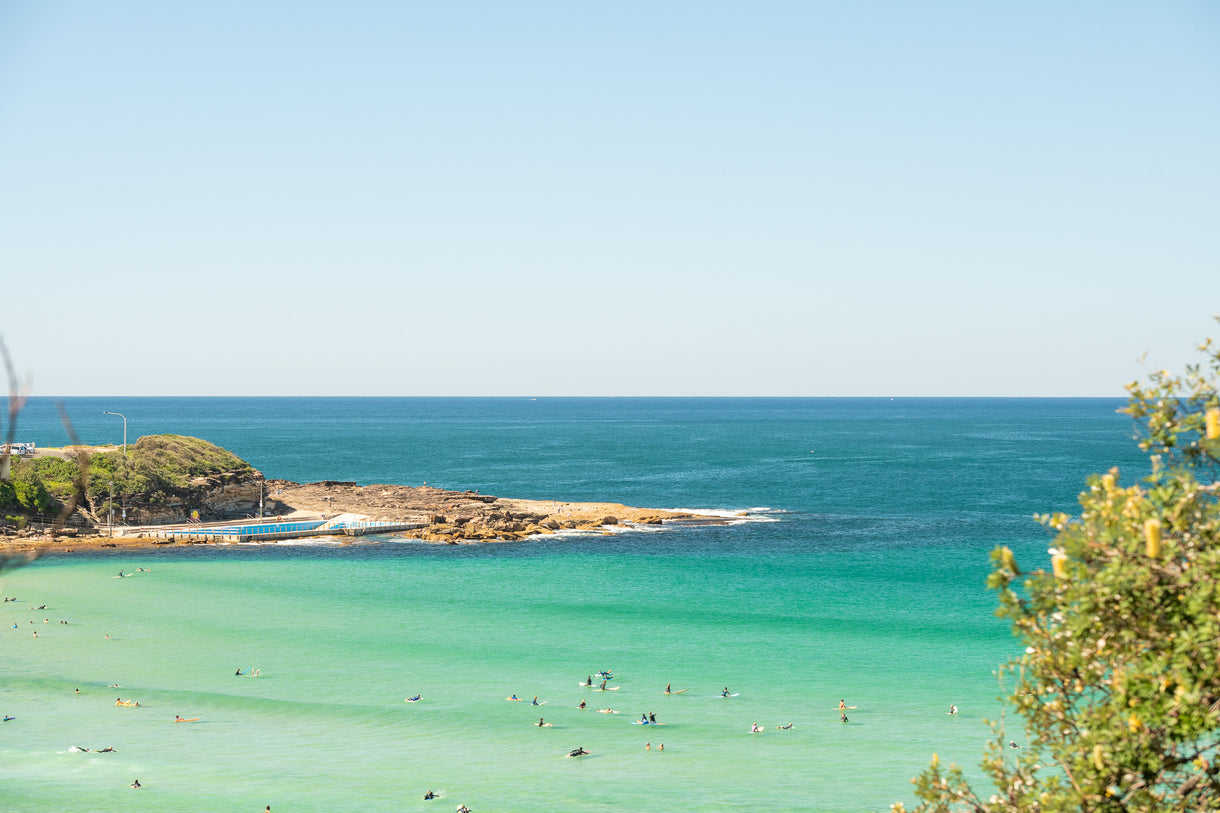
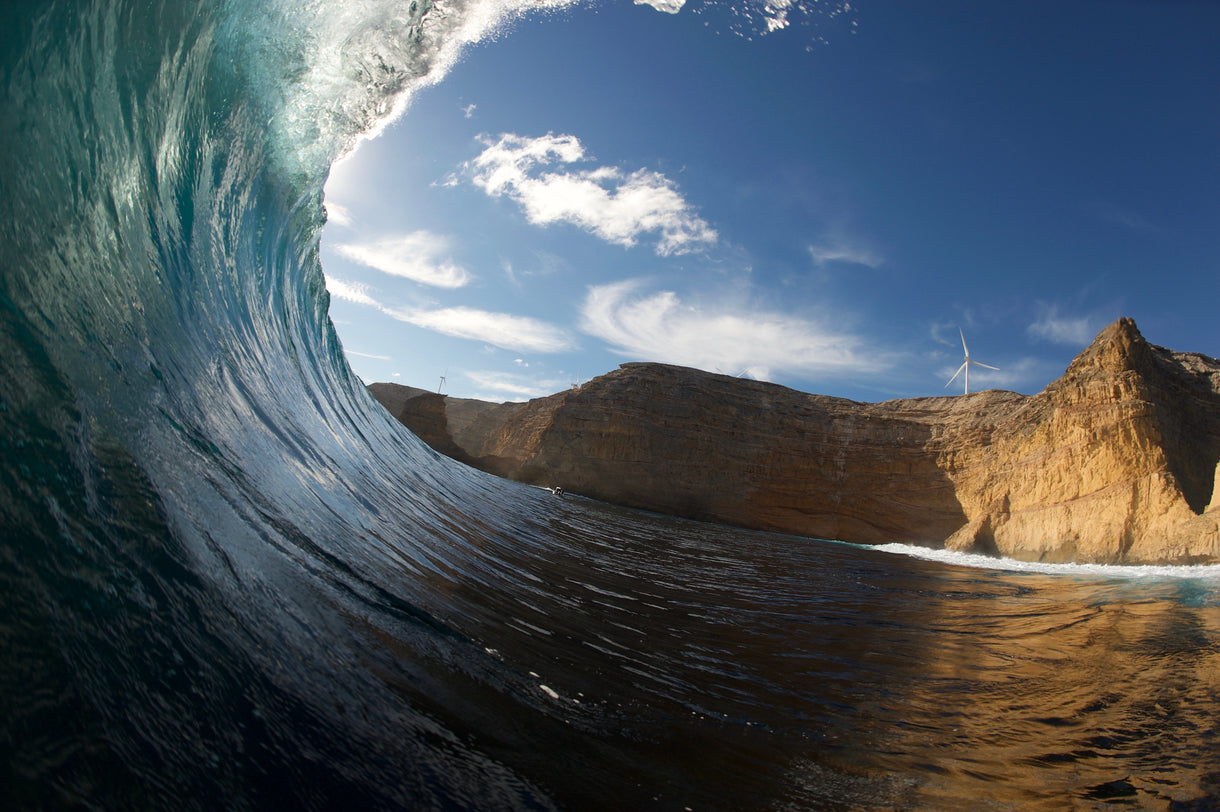
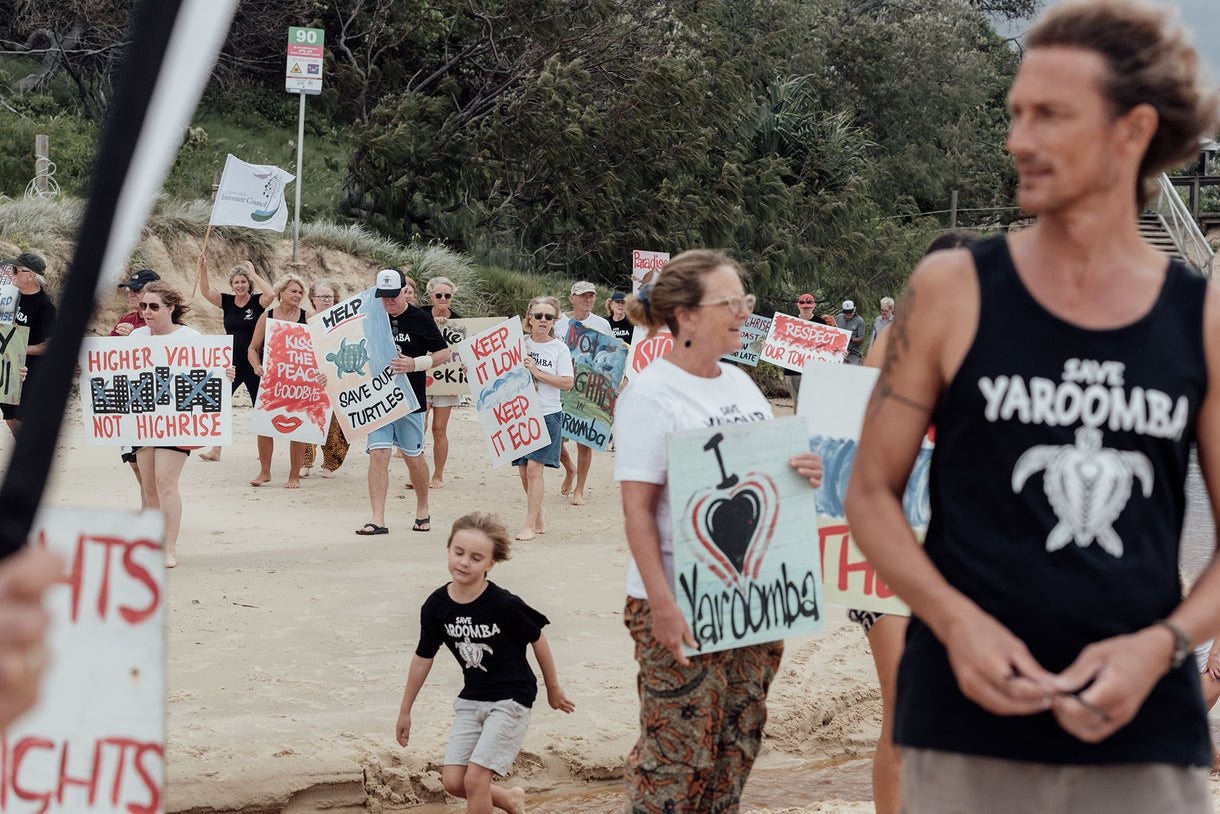
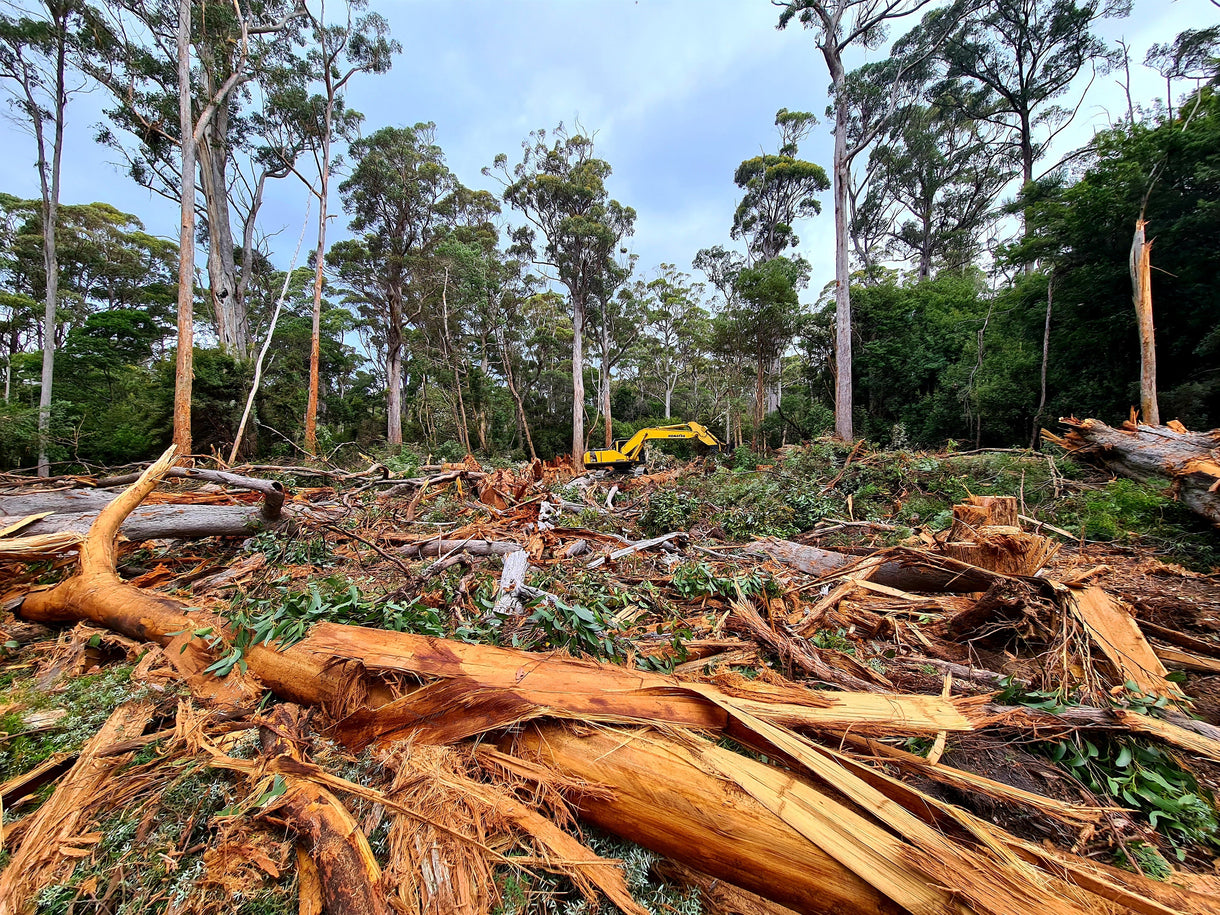
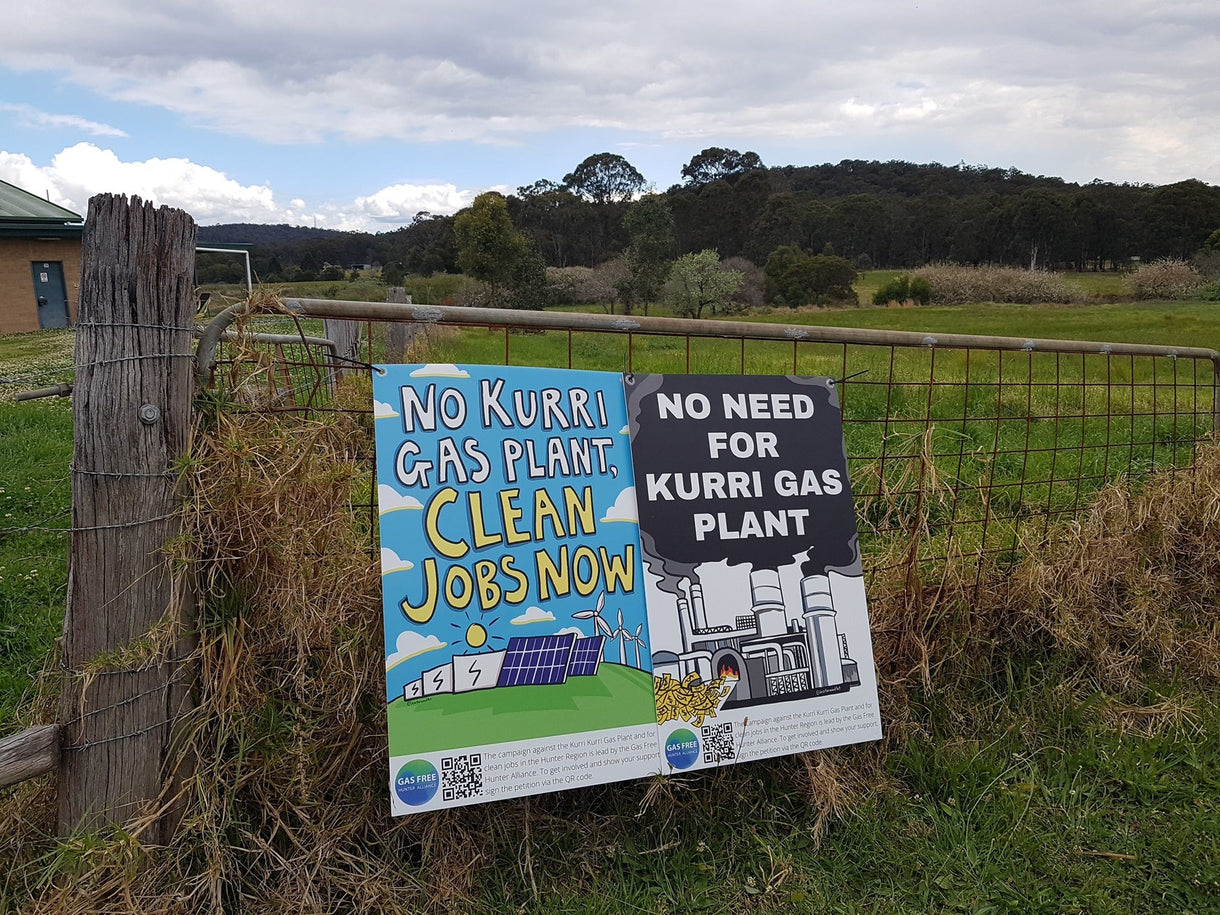
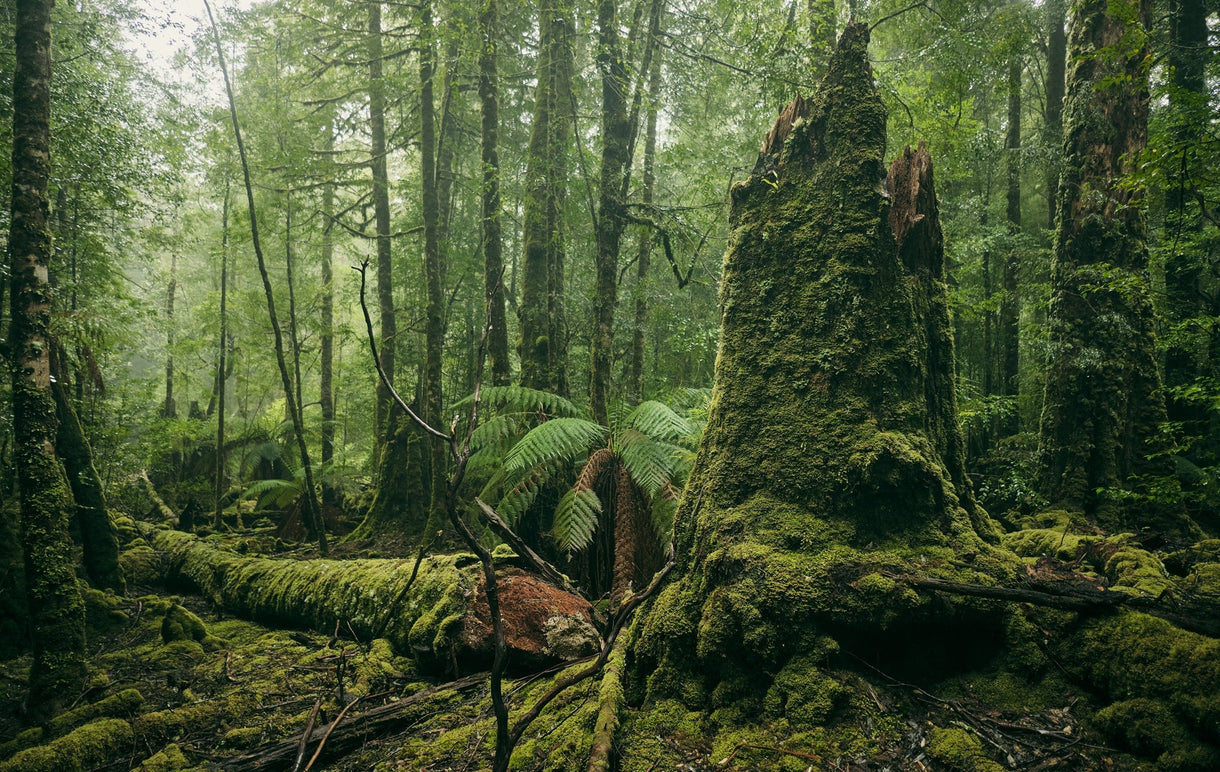
![Today was a huge victory for coastal communities between Sydney and Newcastle. [Front] Damien Cole, Belinda Baggs, Drew McPherson and Asha Niddrie. Photo Zoe Strapp](http://www.patagonia.com.au/cdn/shop/articles/strapp_z_AUS_000142_b147f38f-4f28-4e66-a3ea-89fccd422484_1220x.jpg?v=1650419749)
